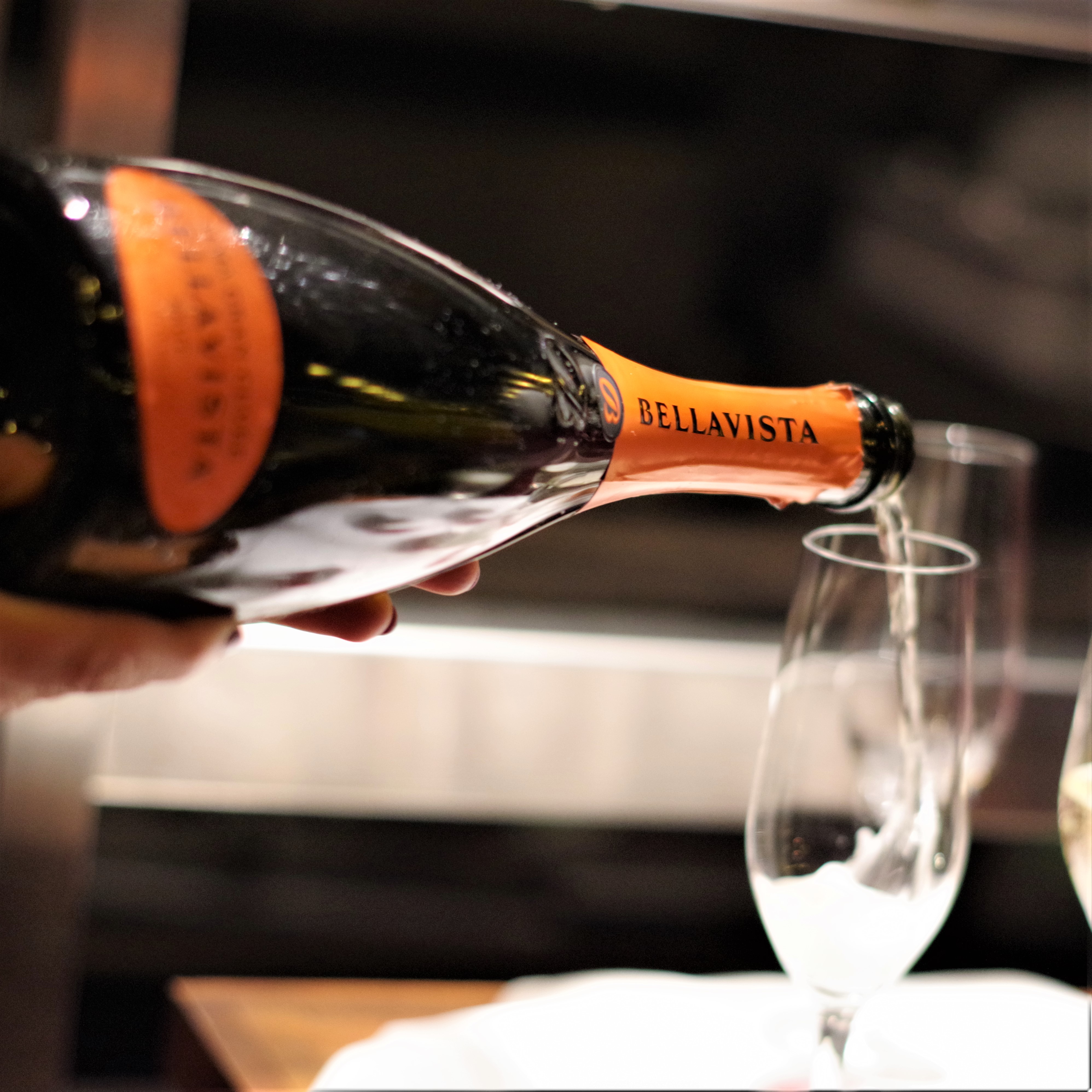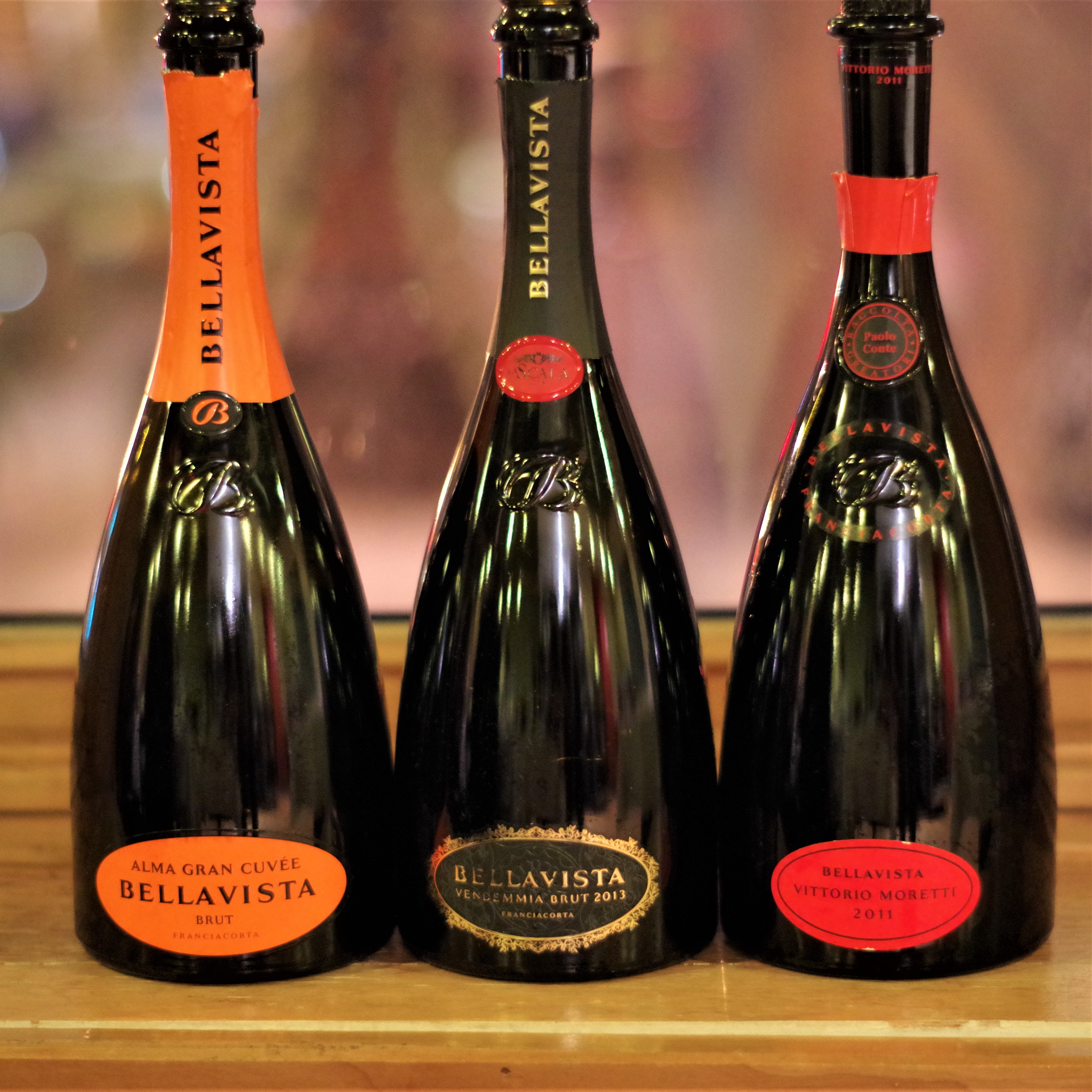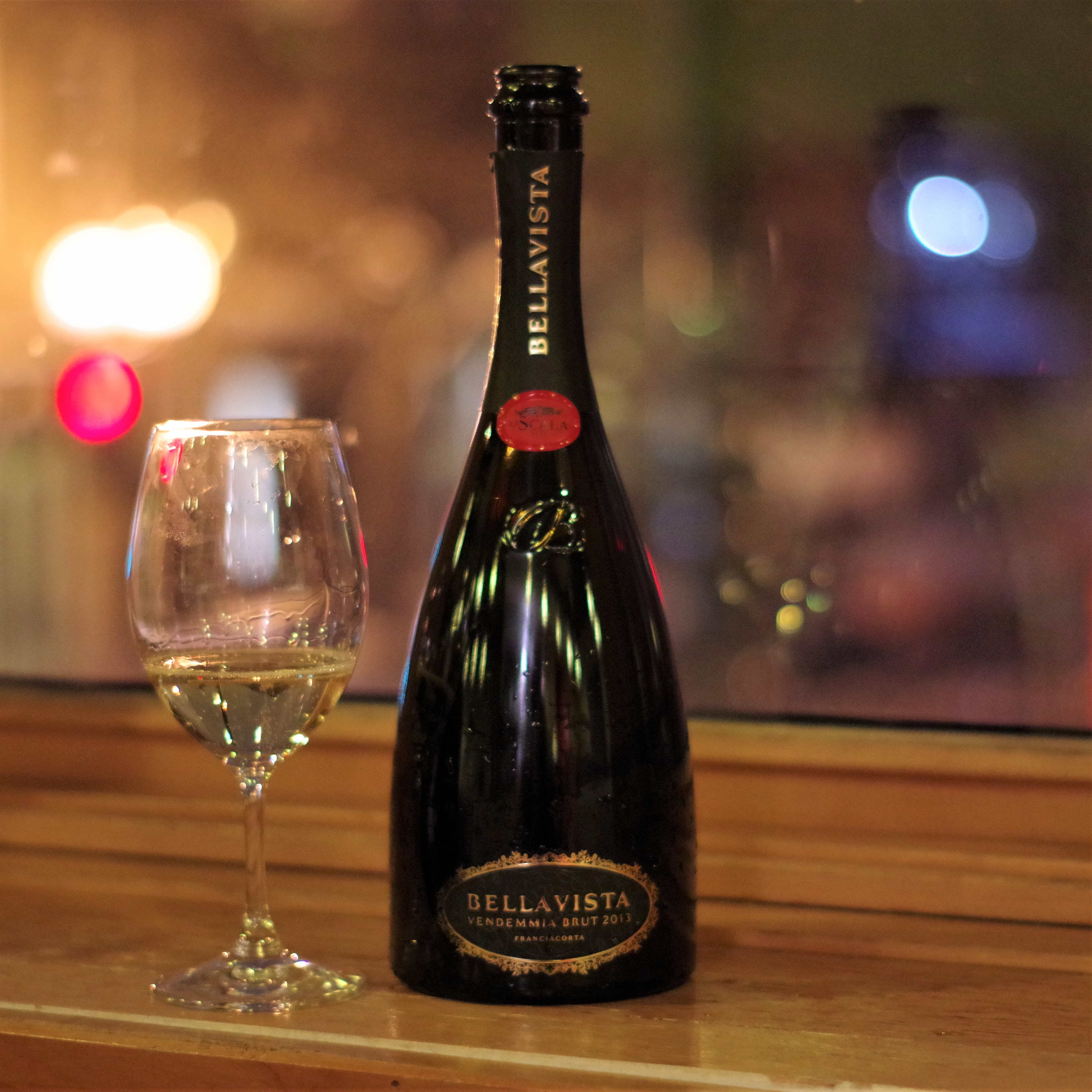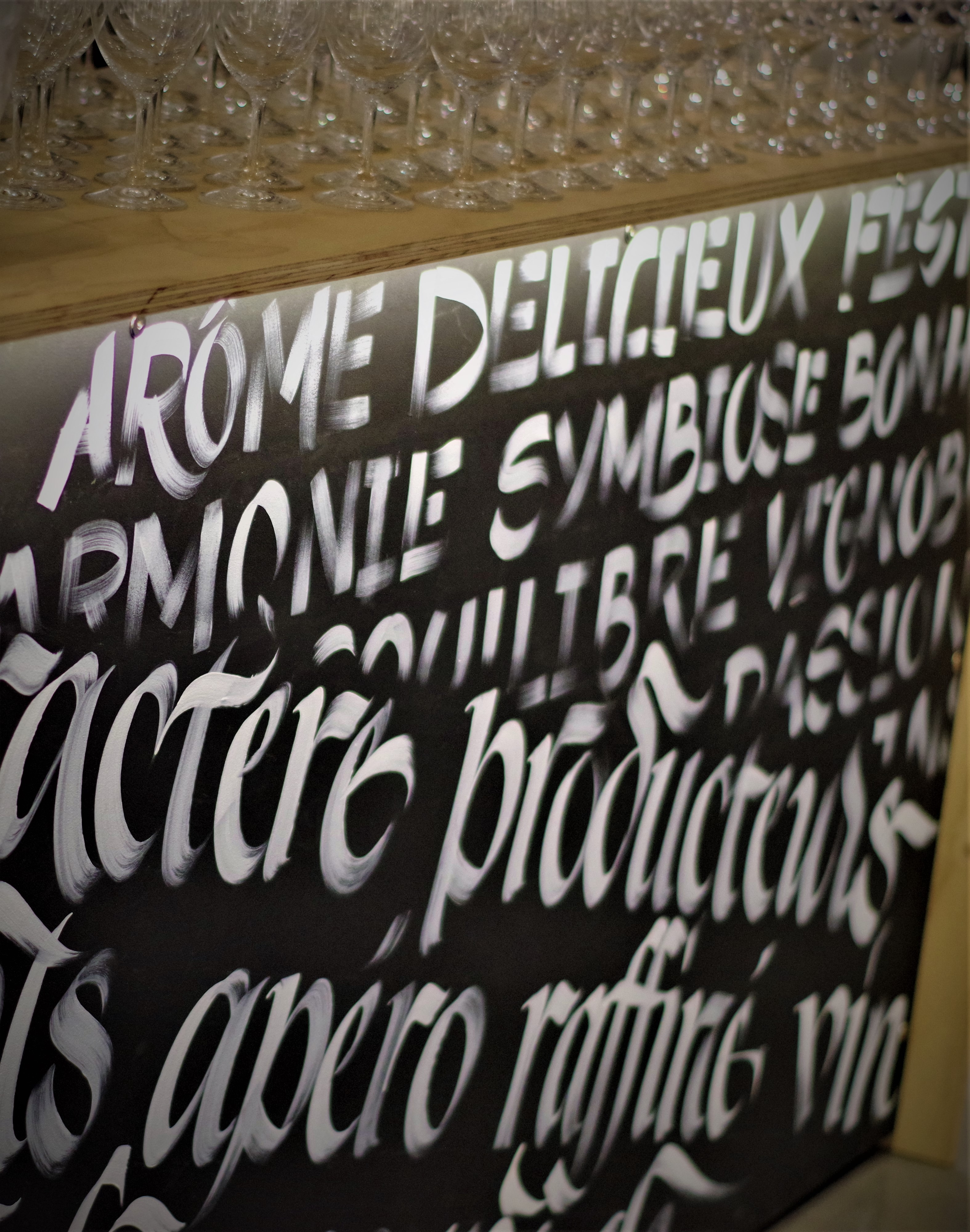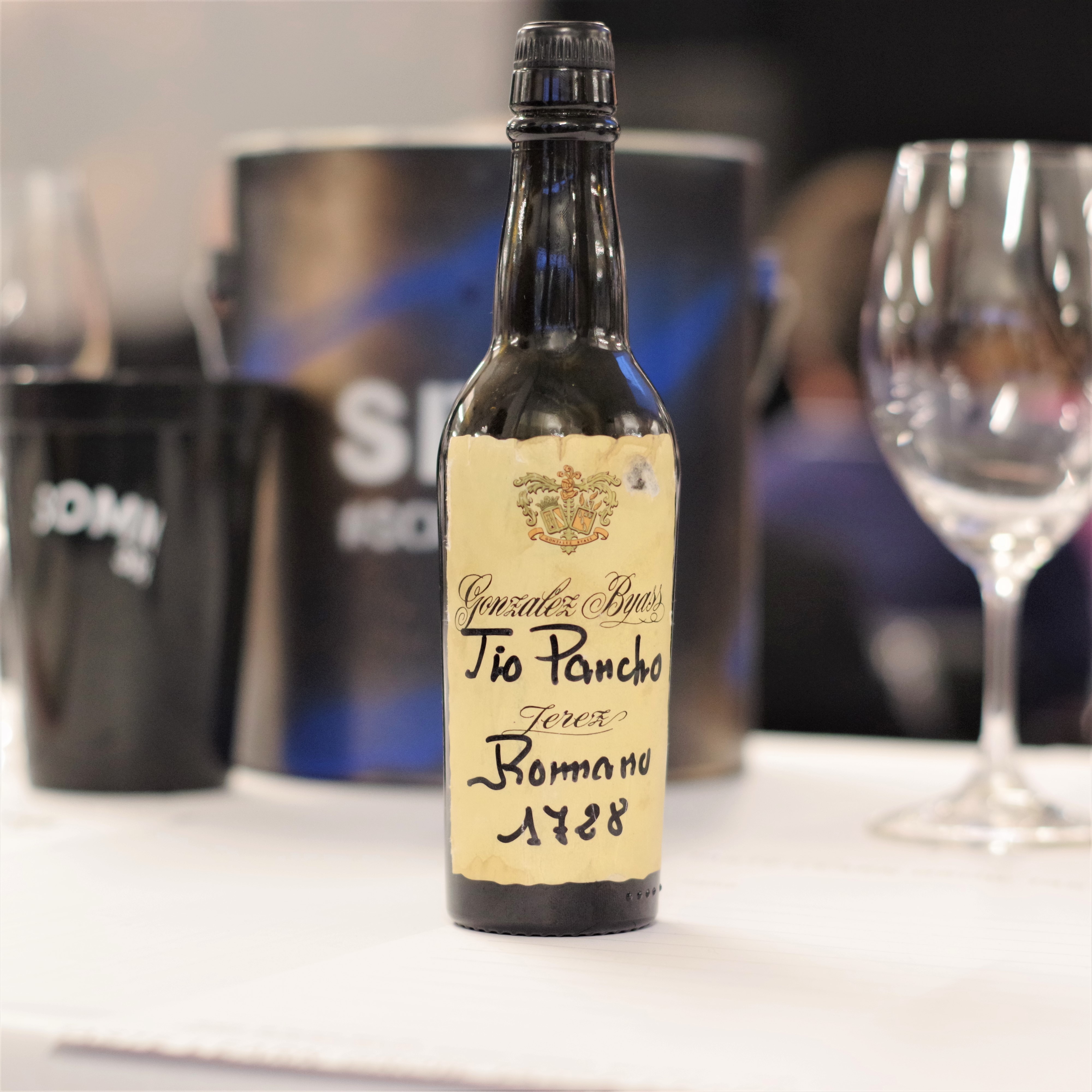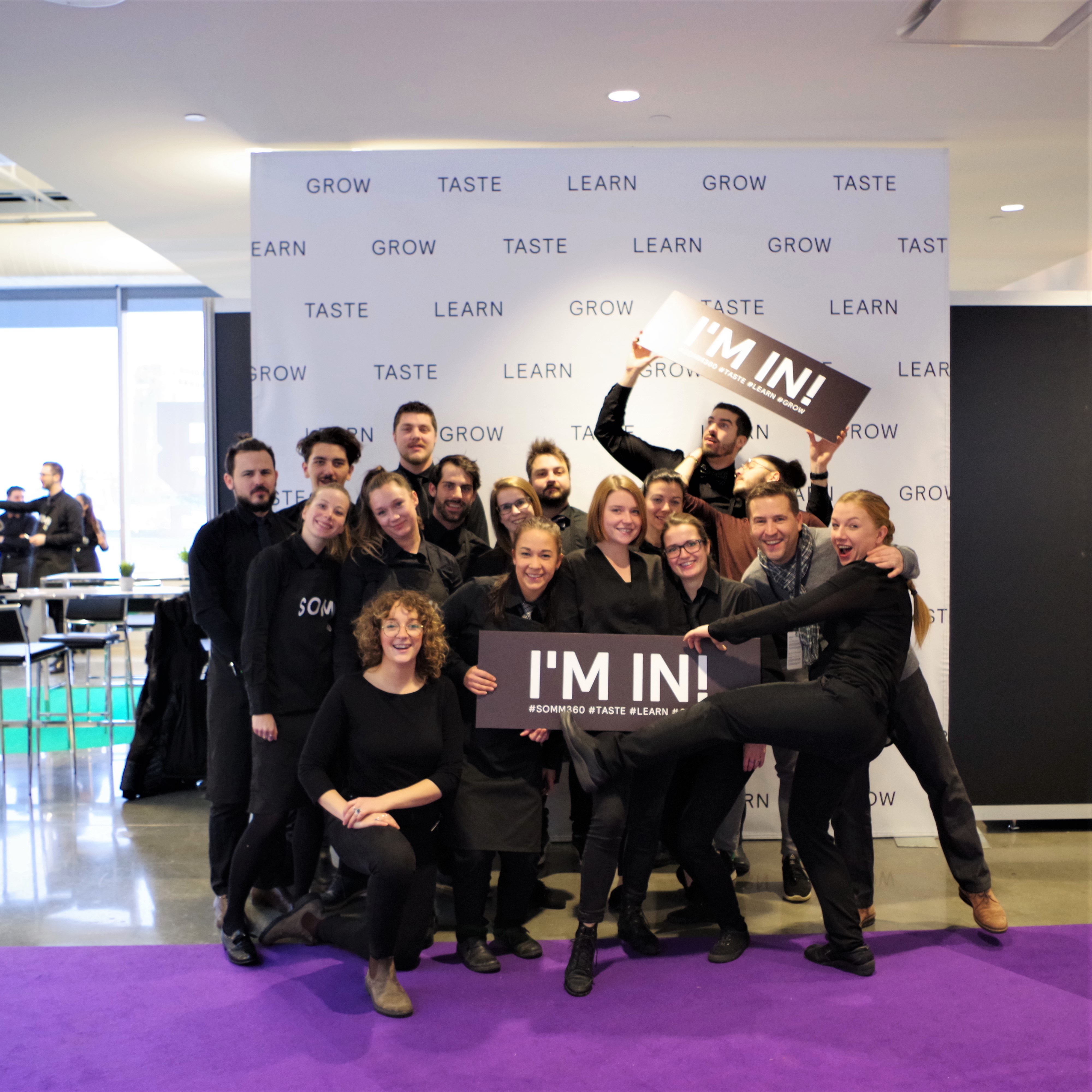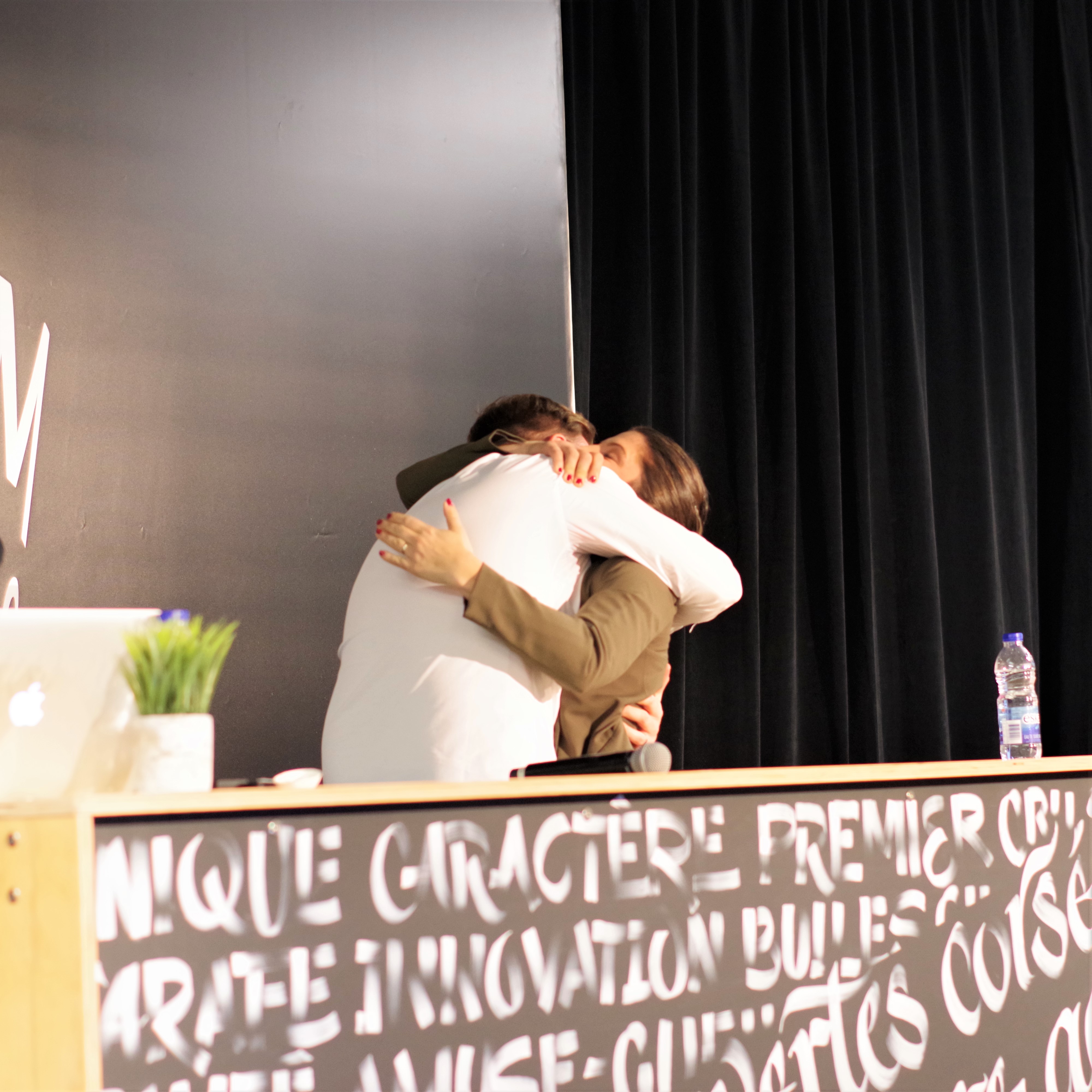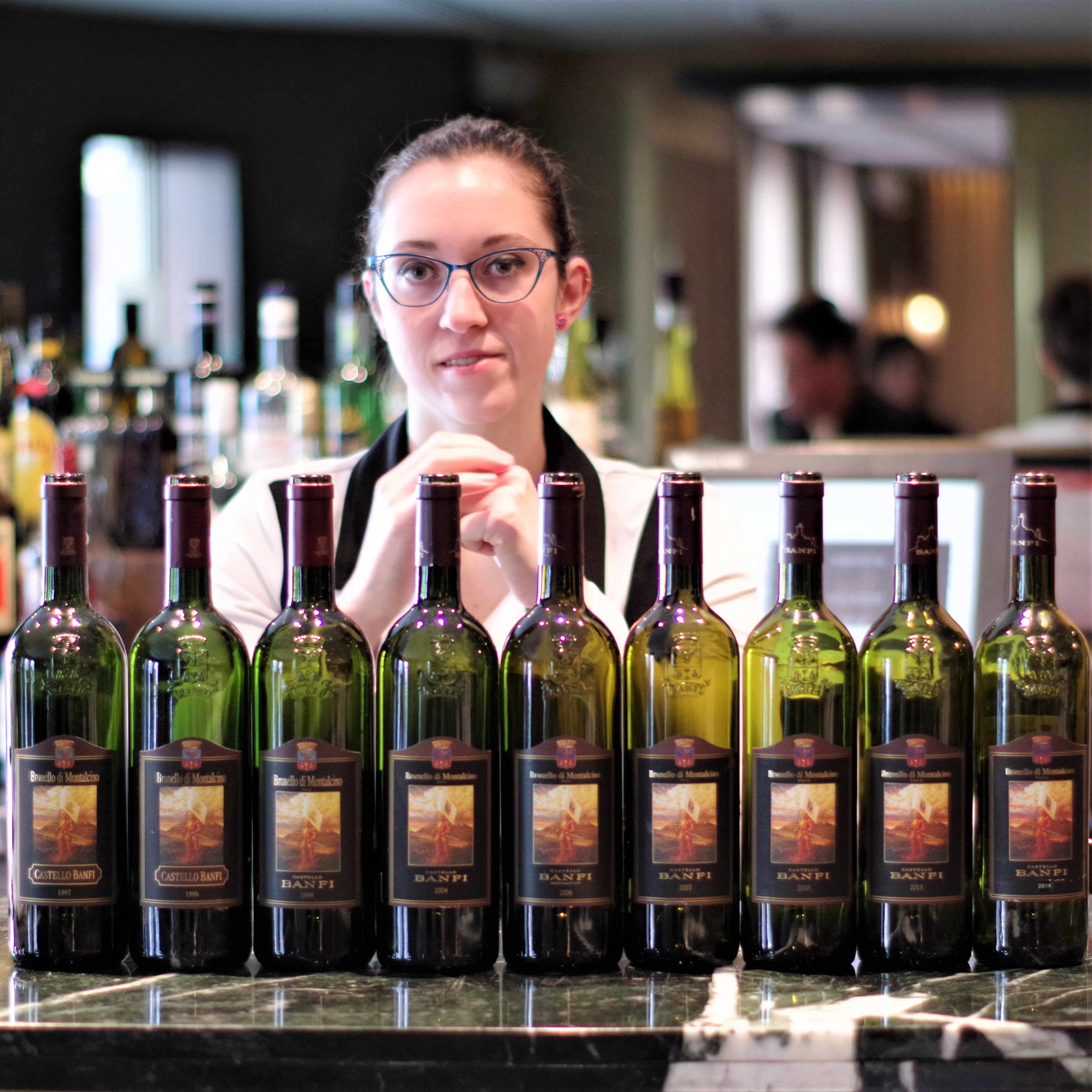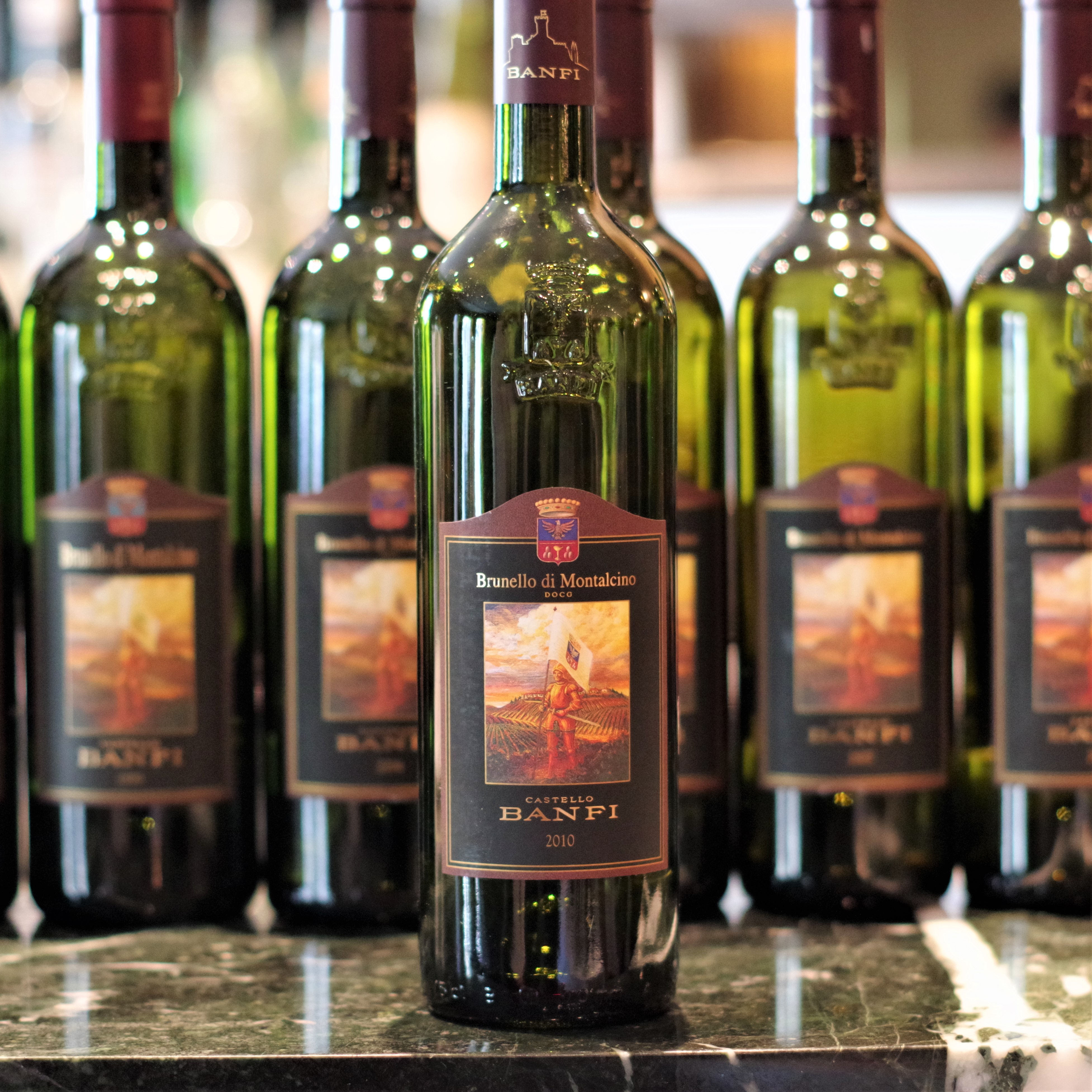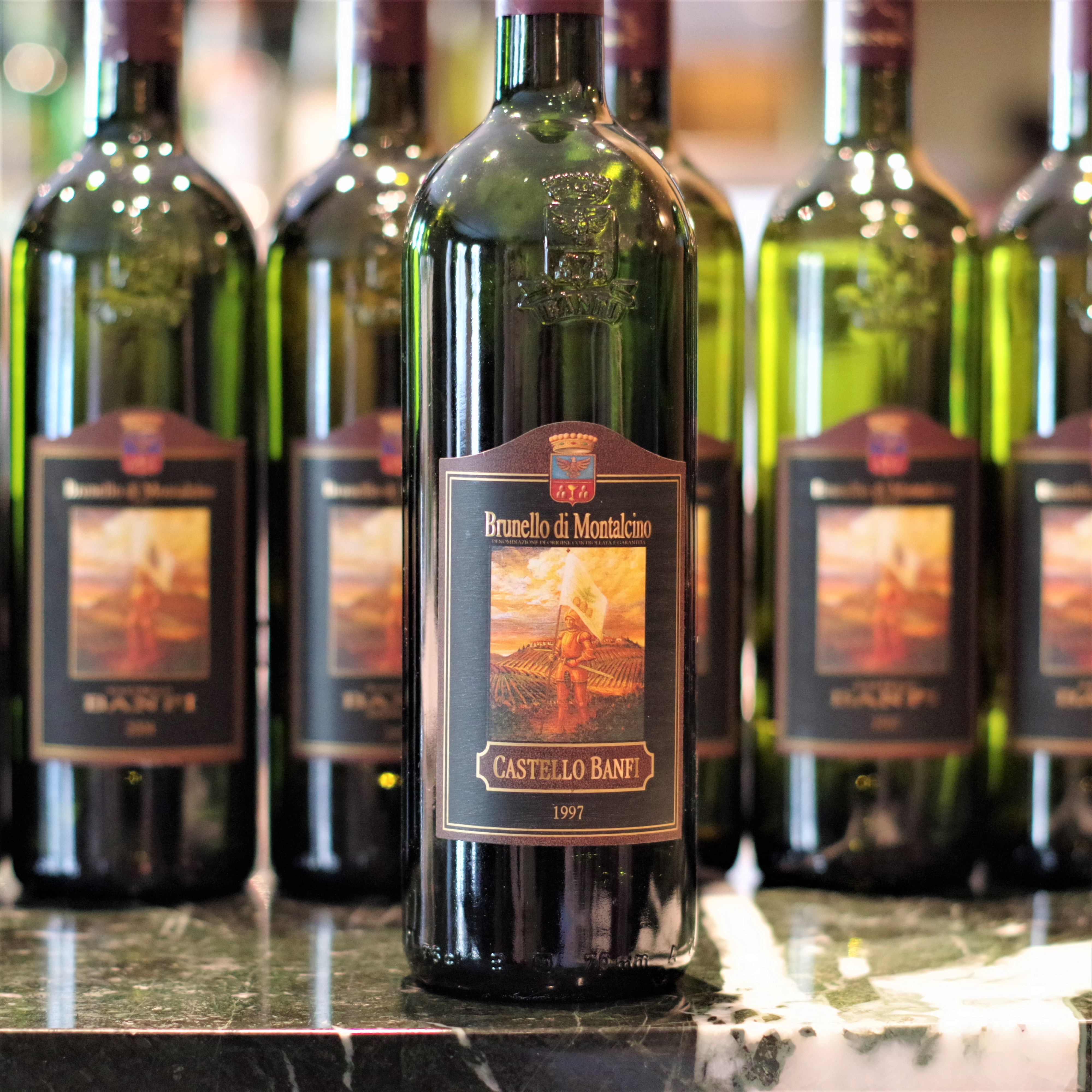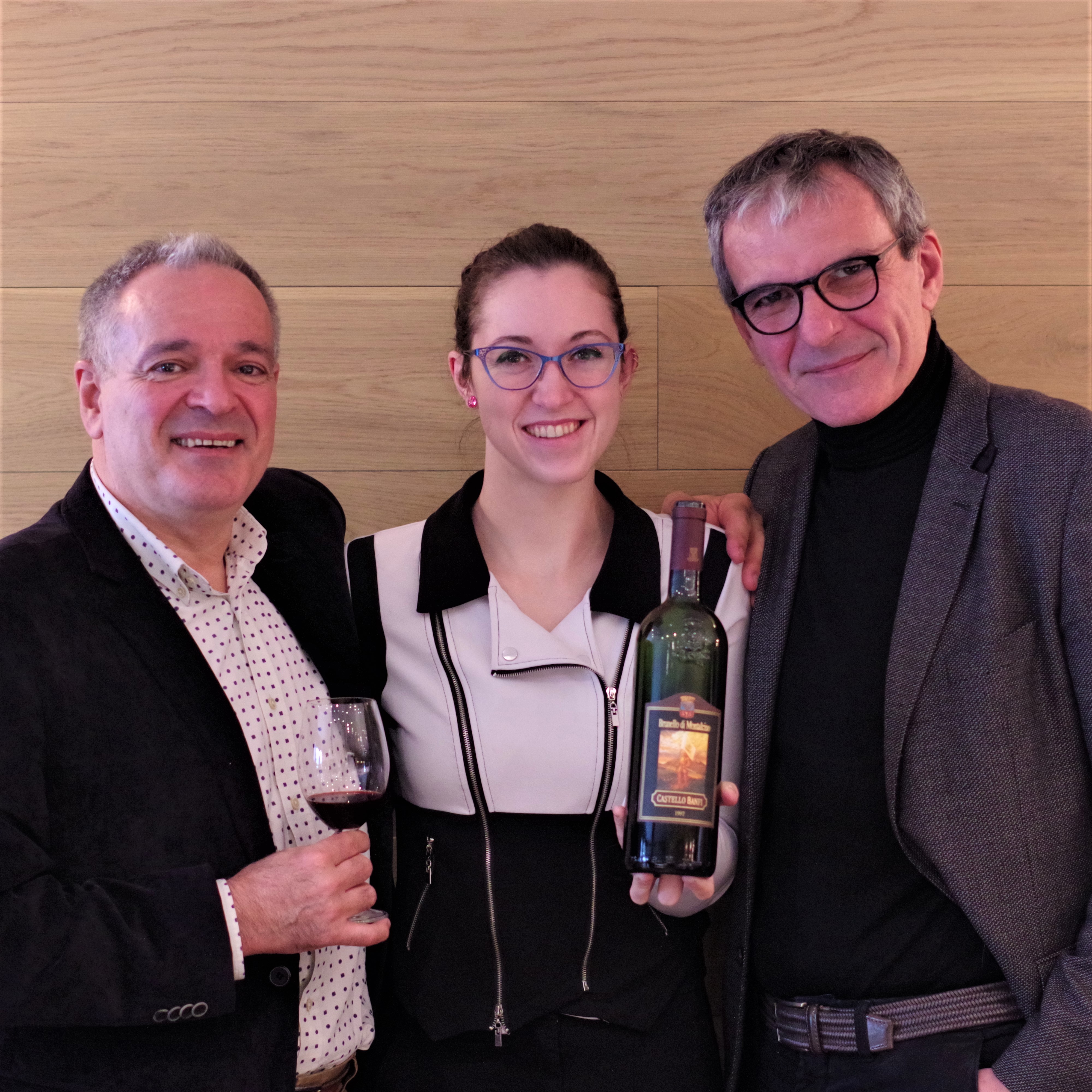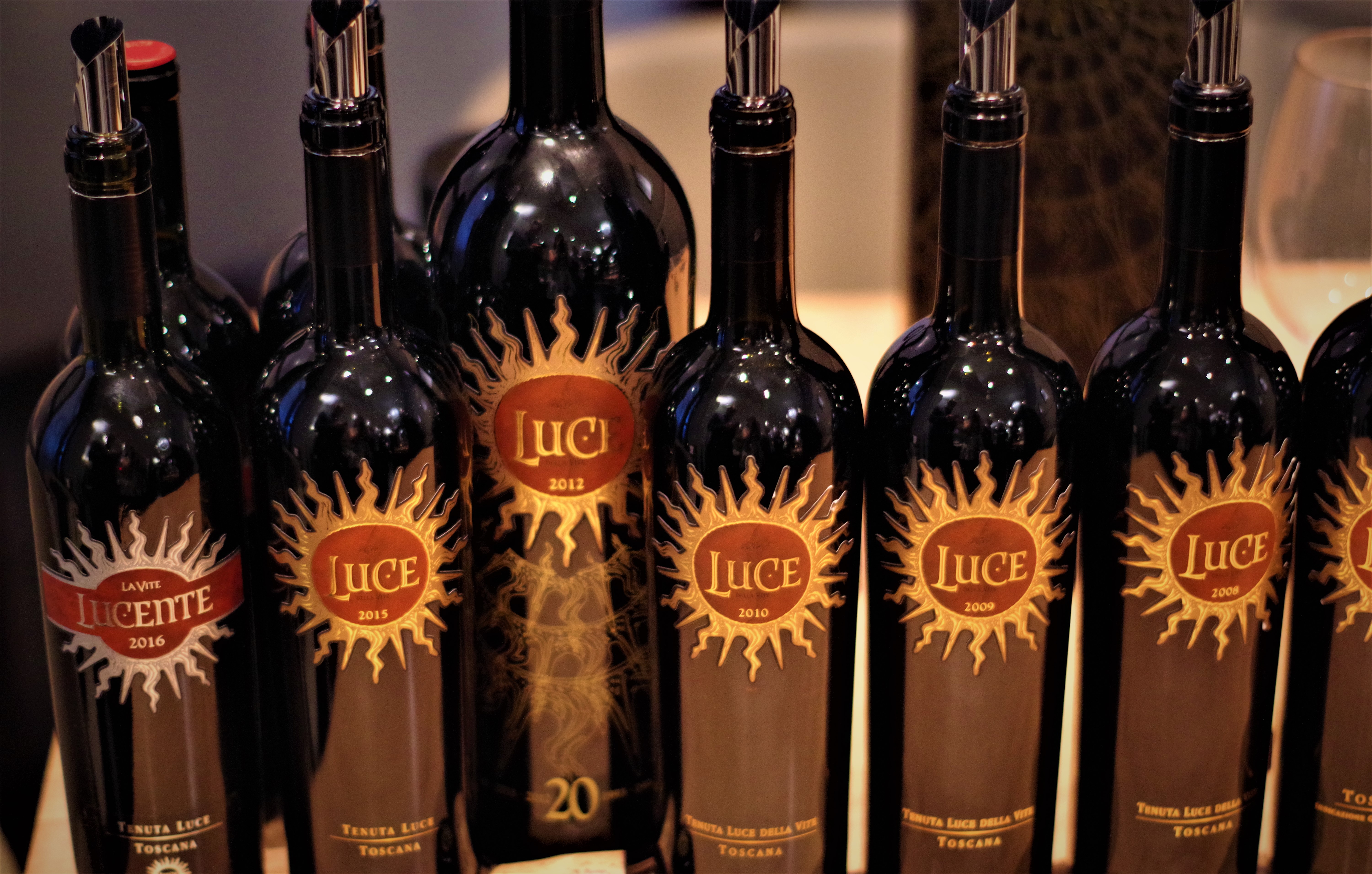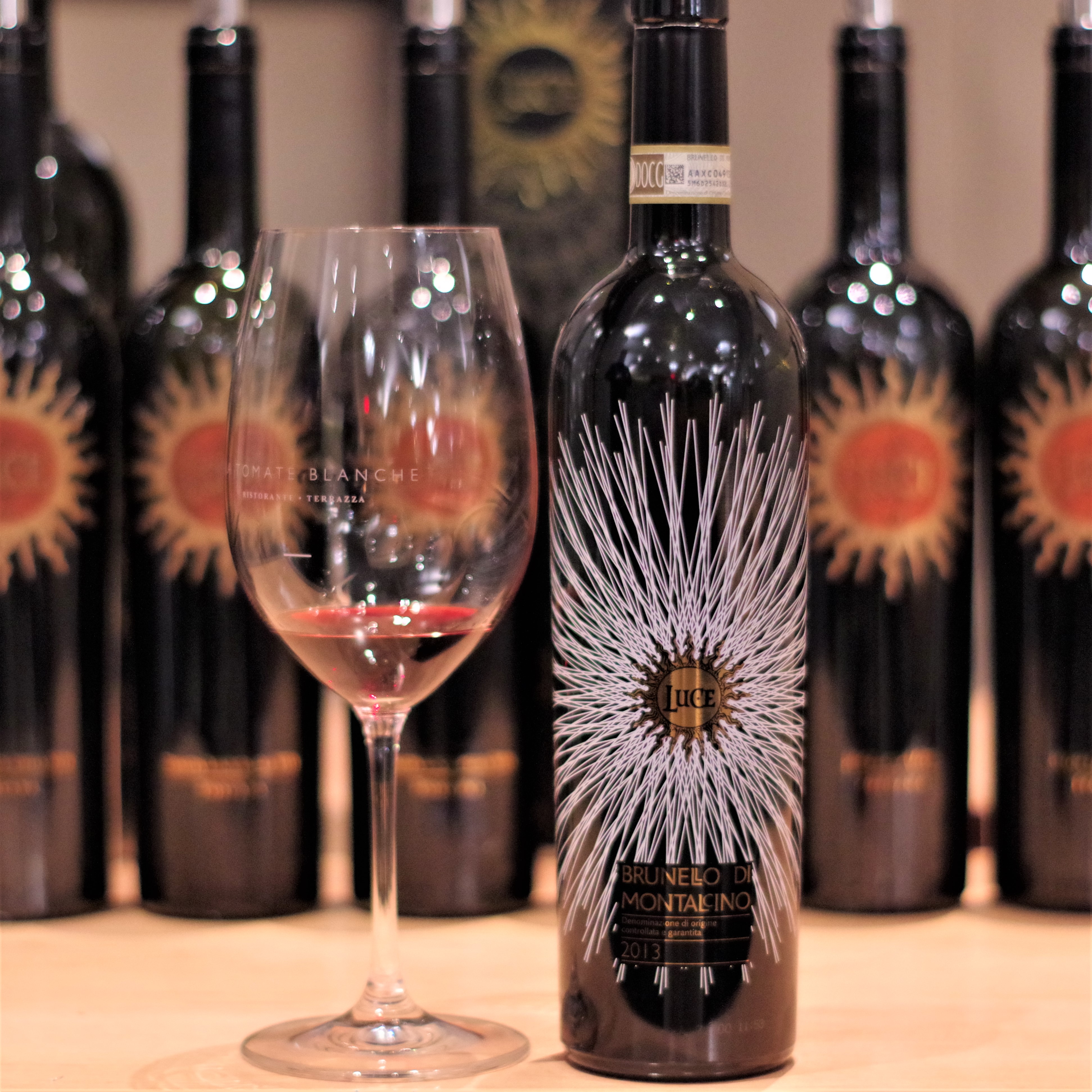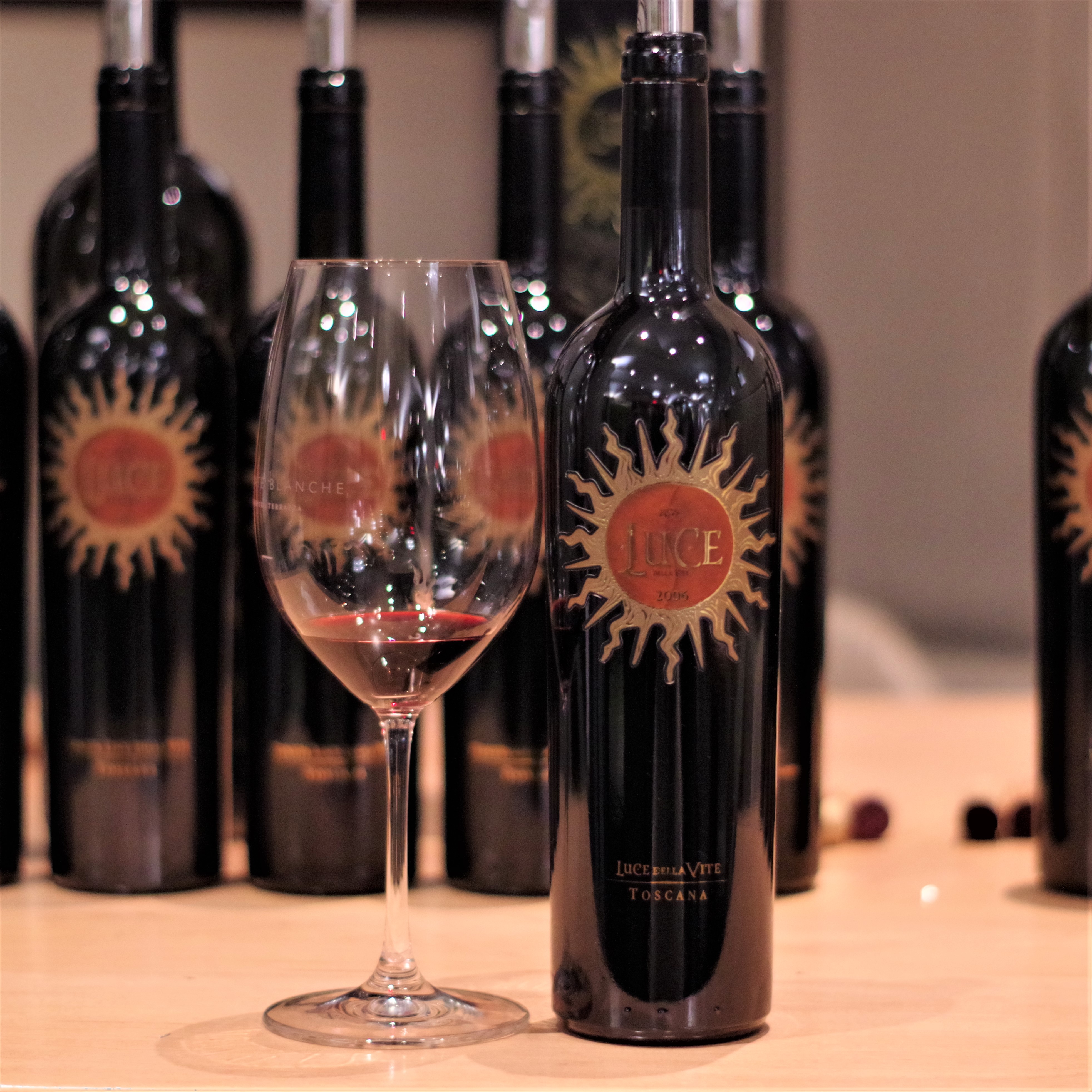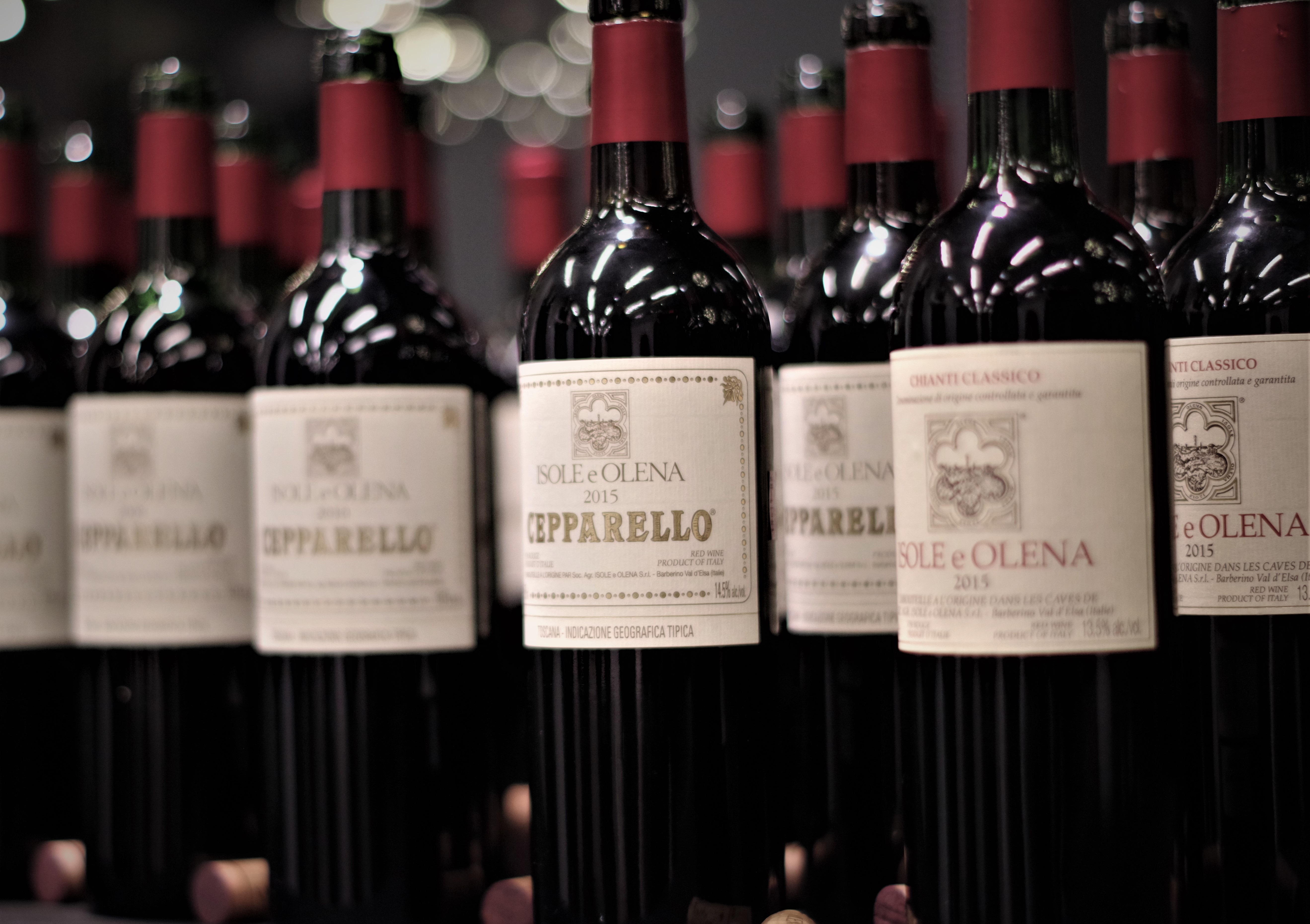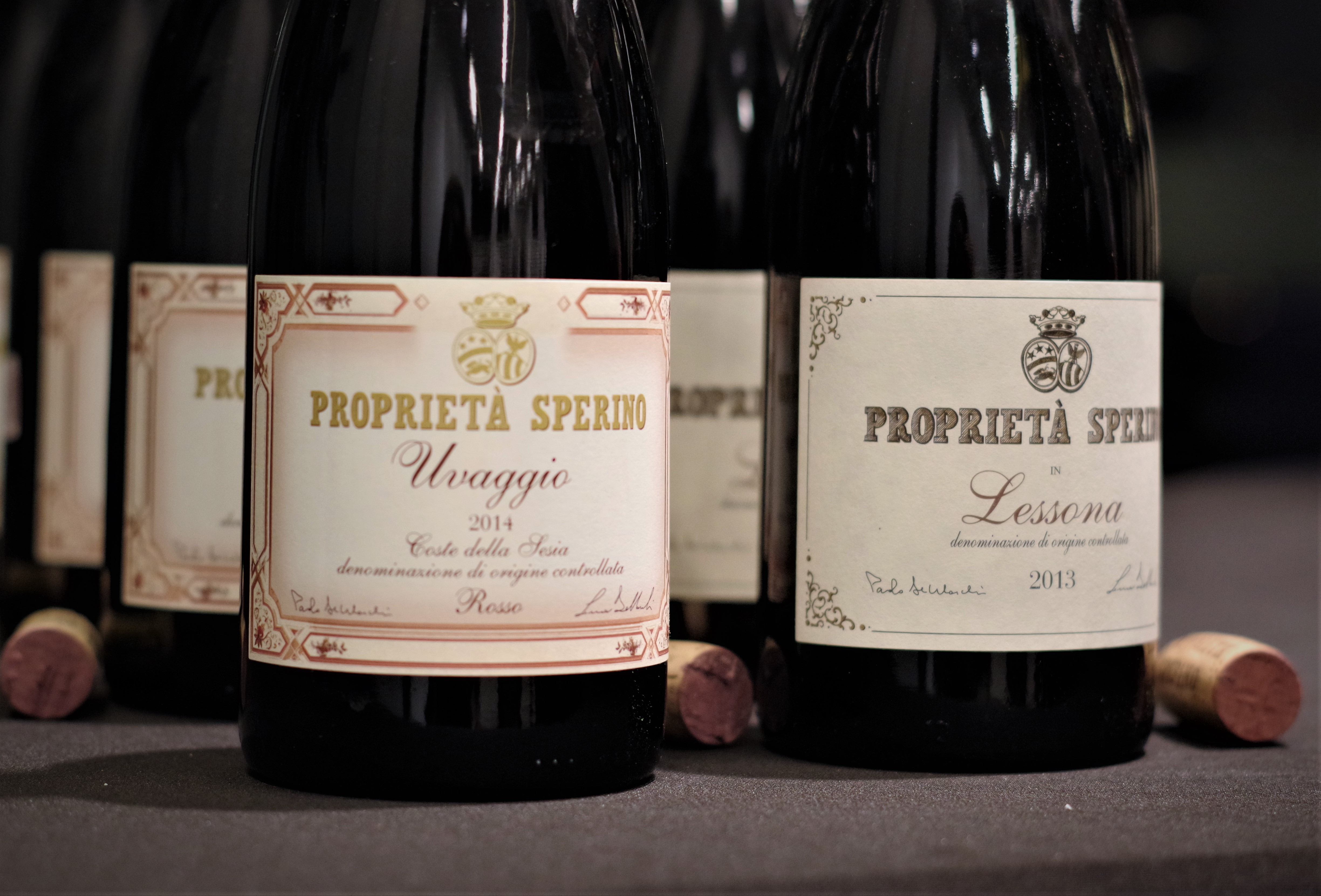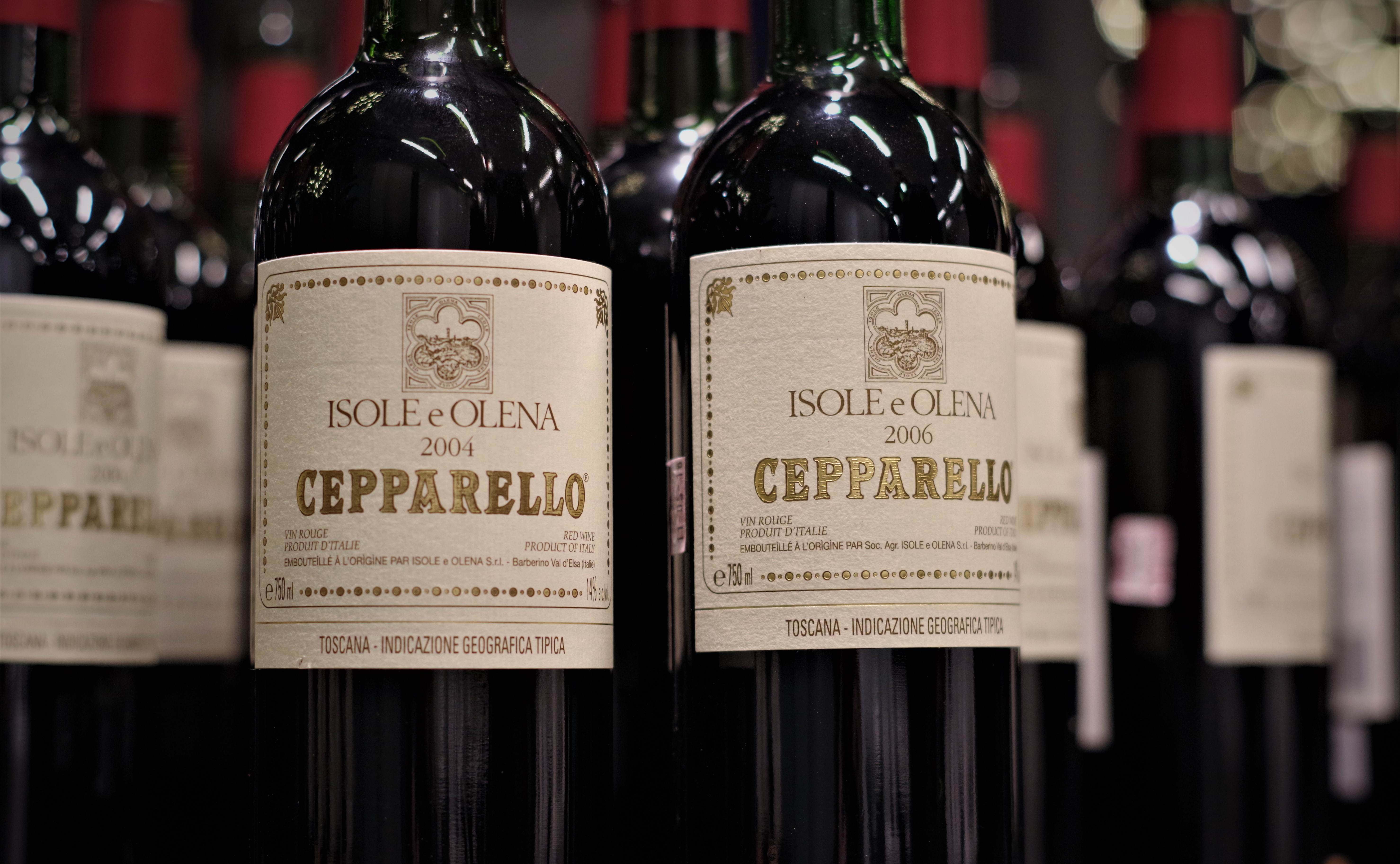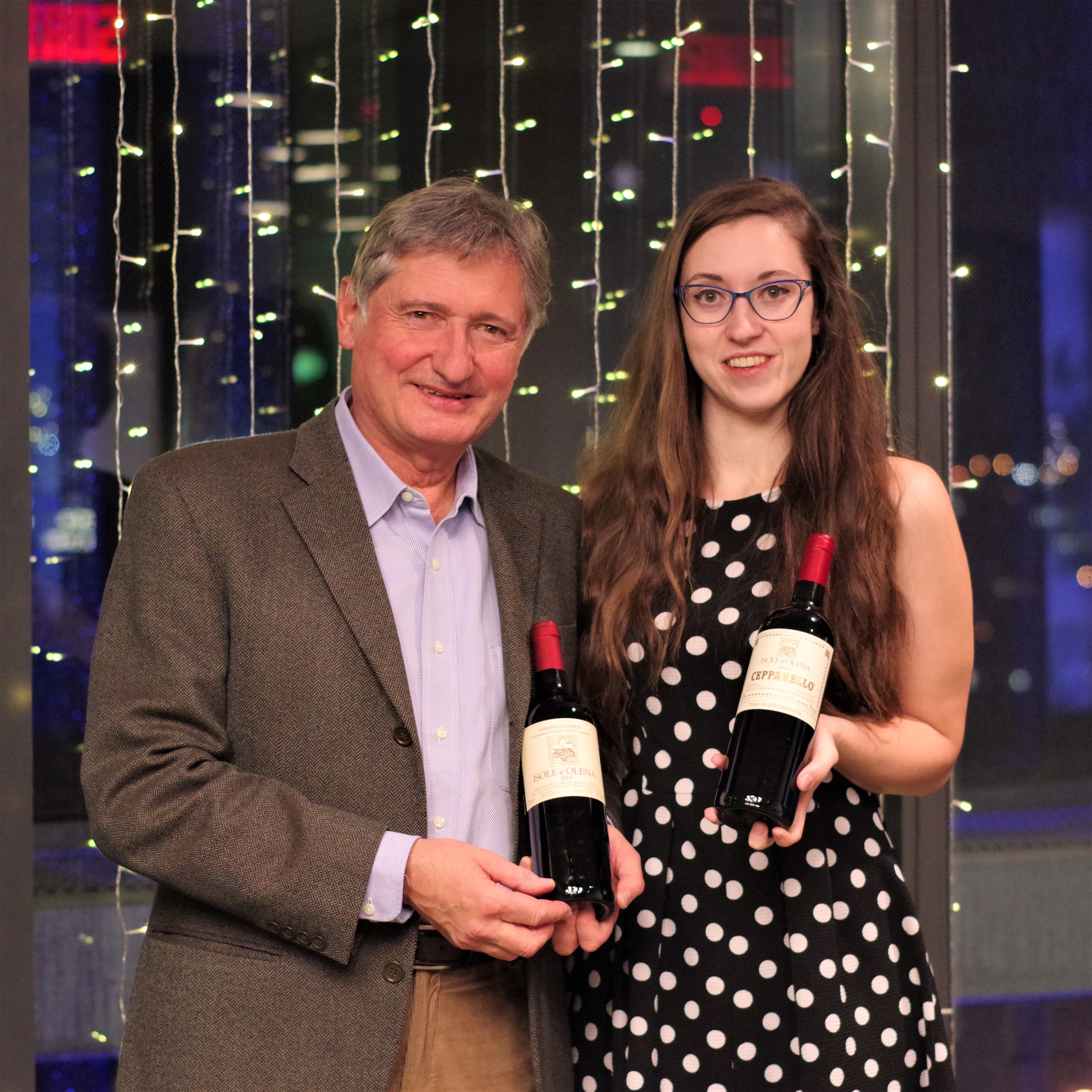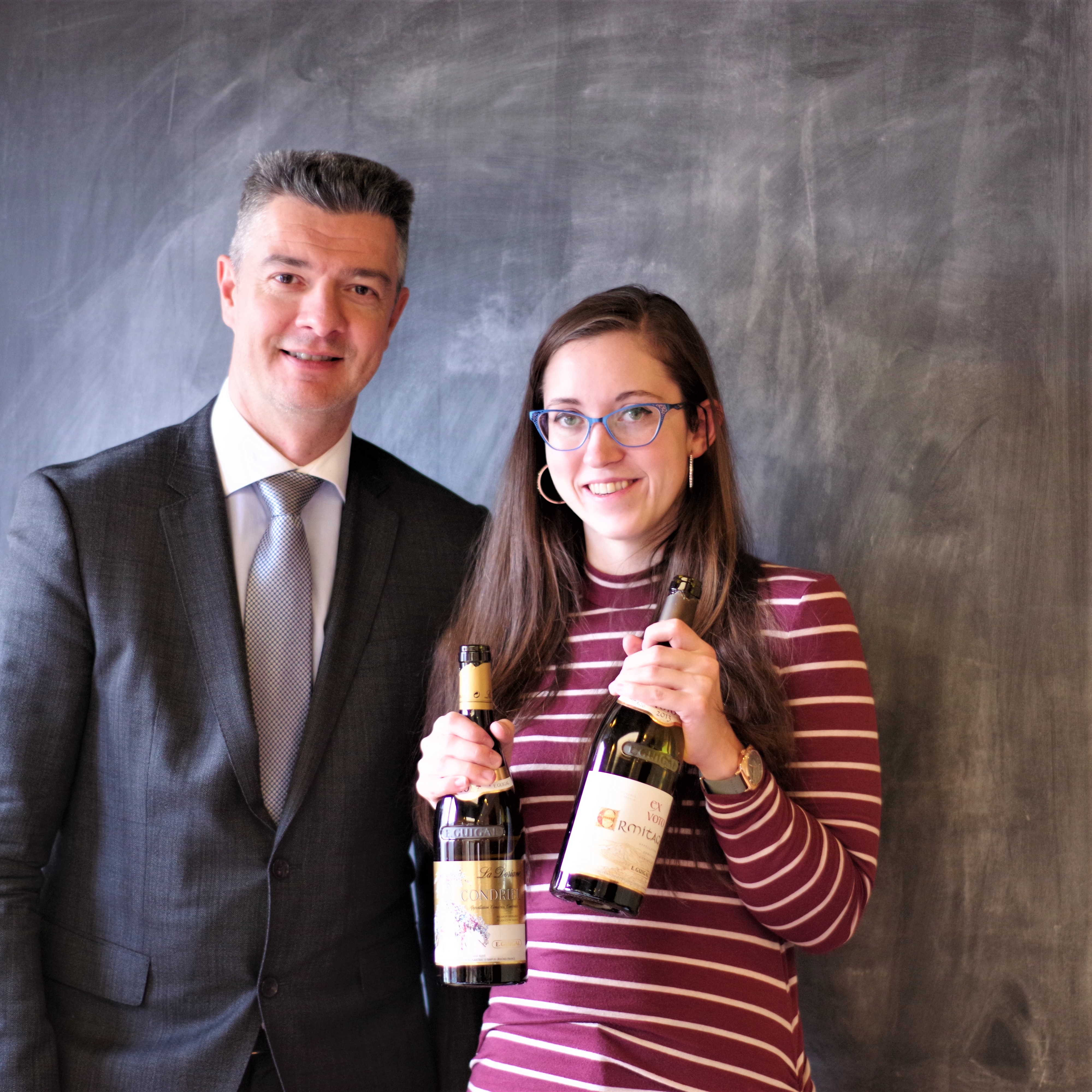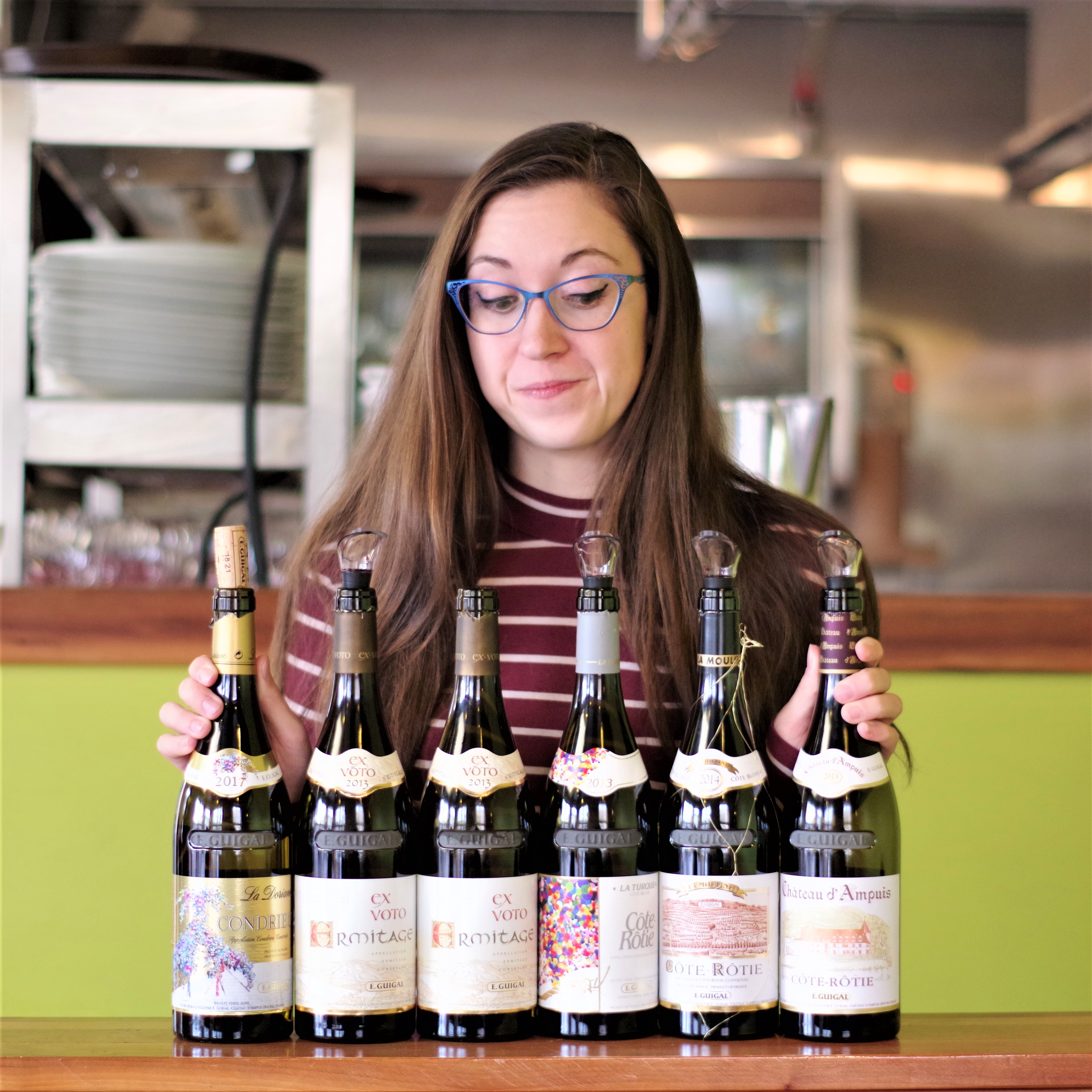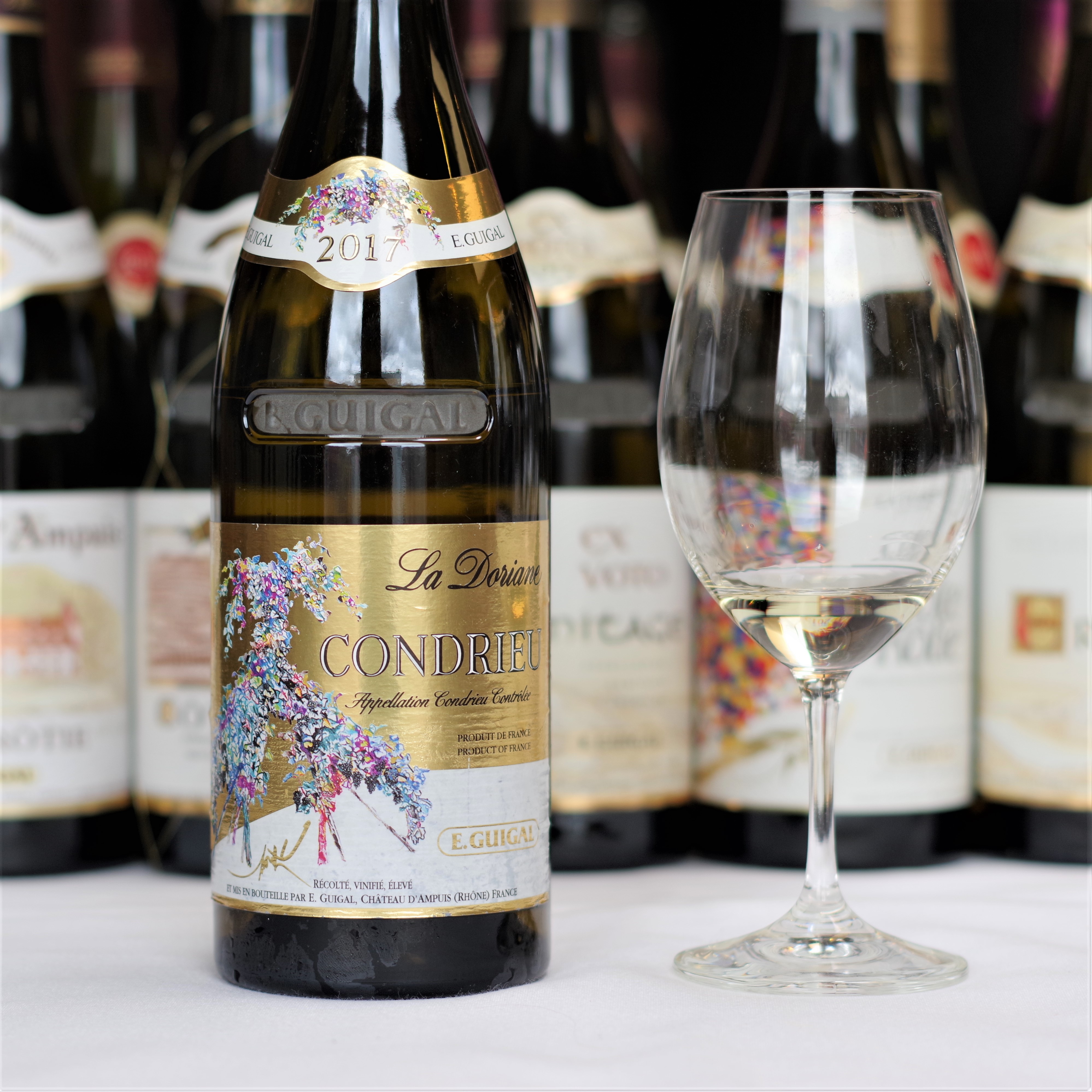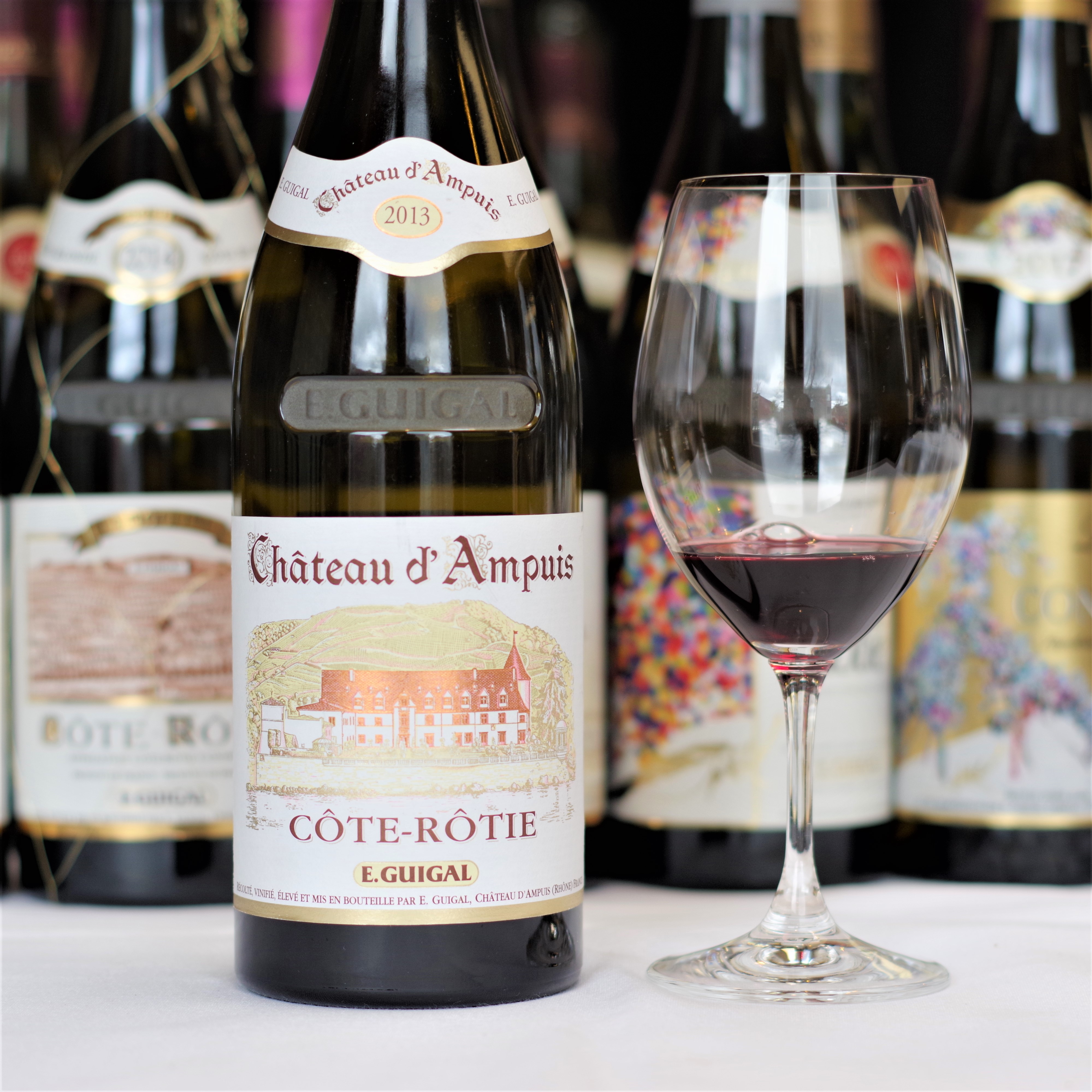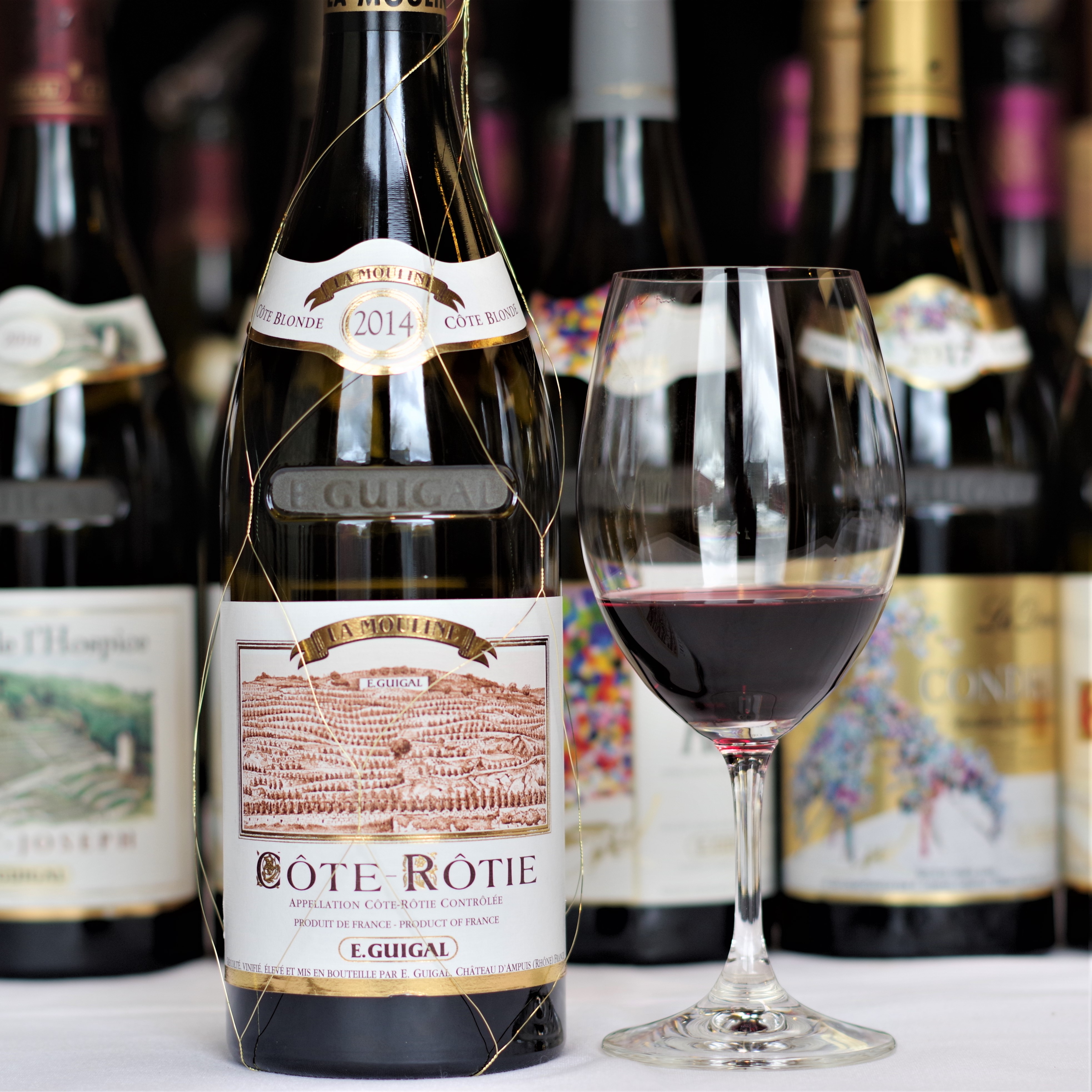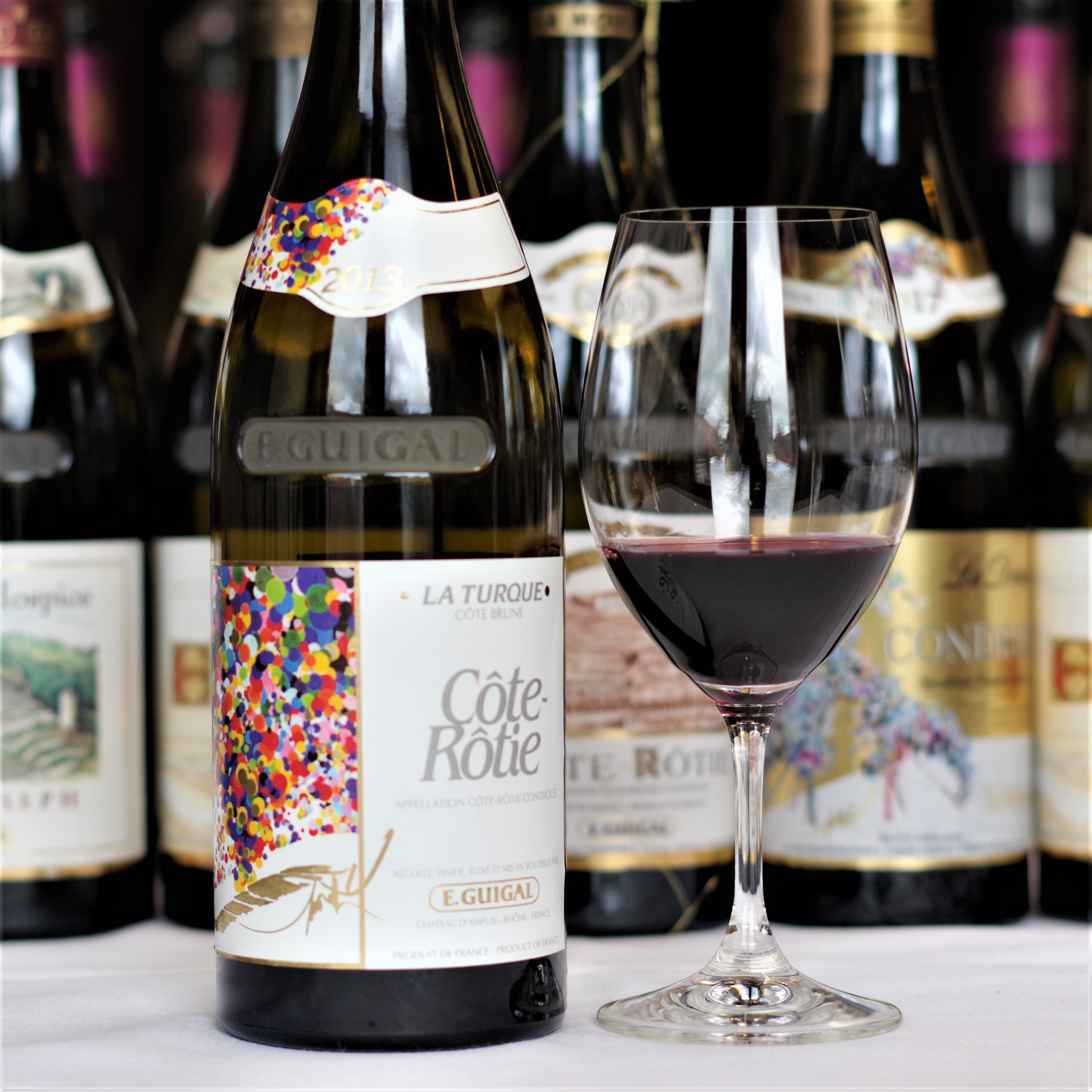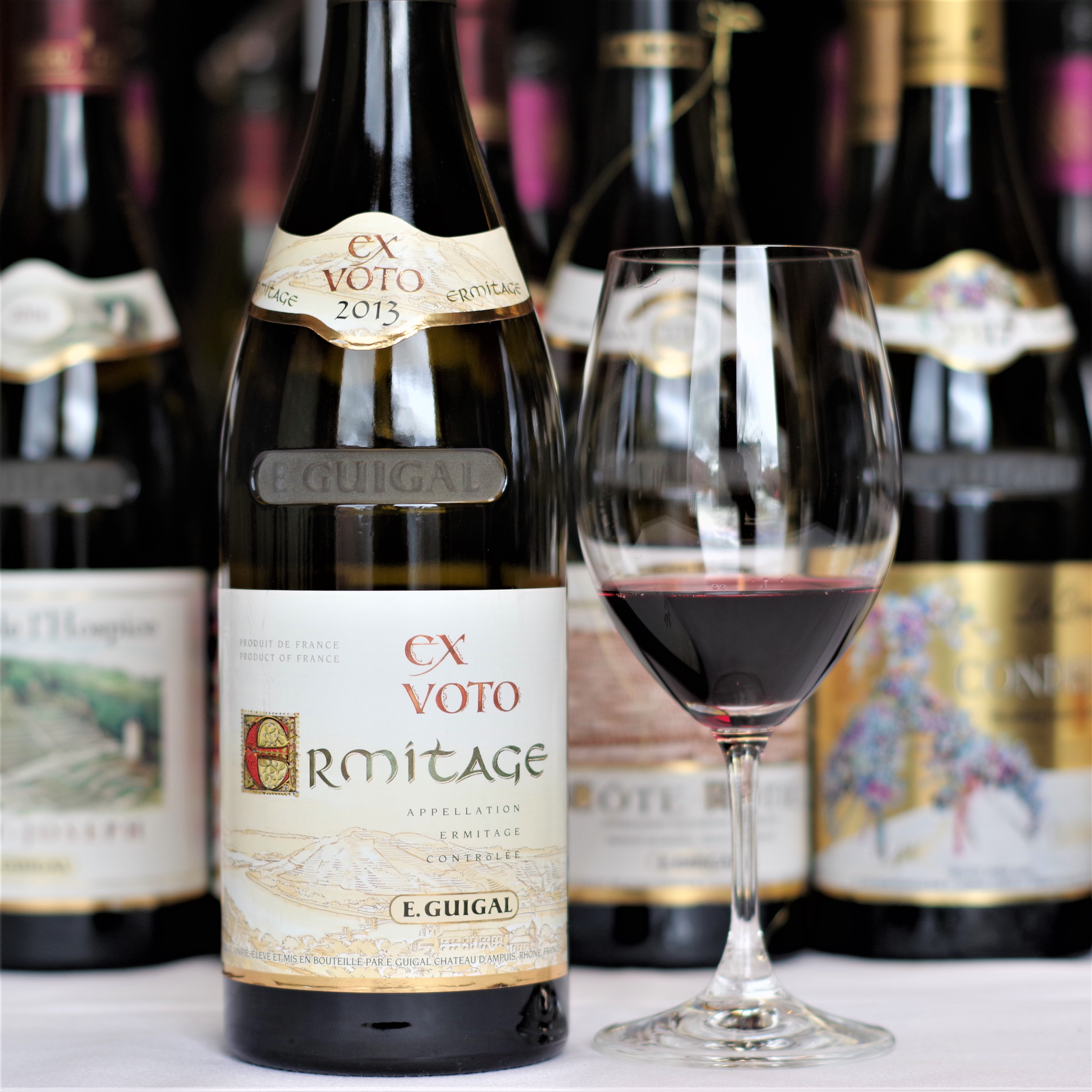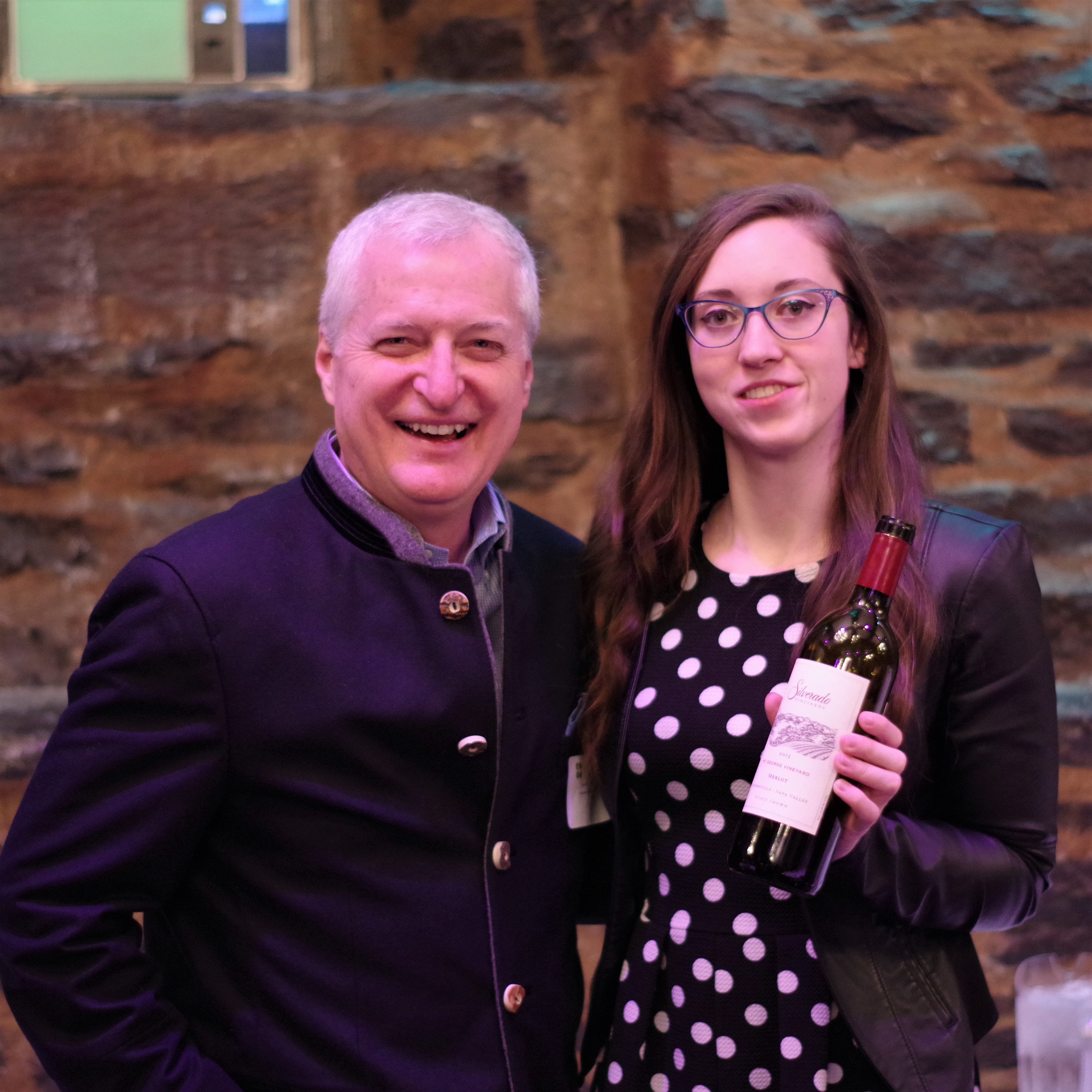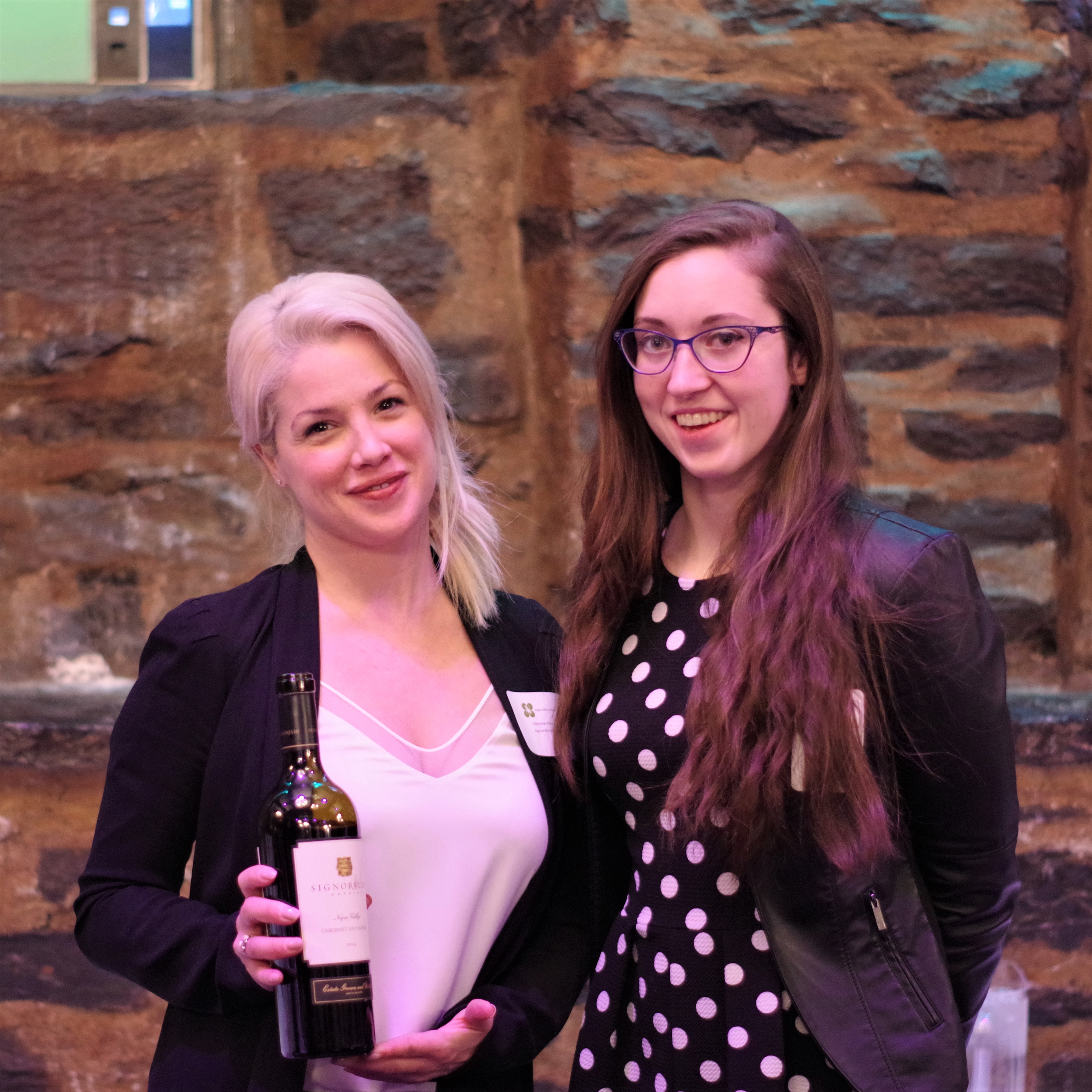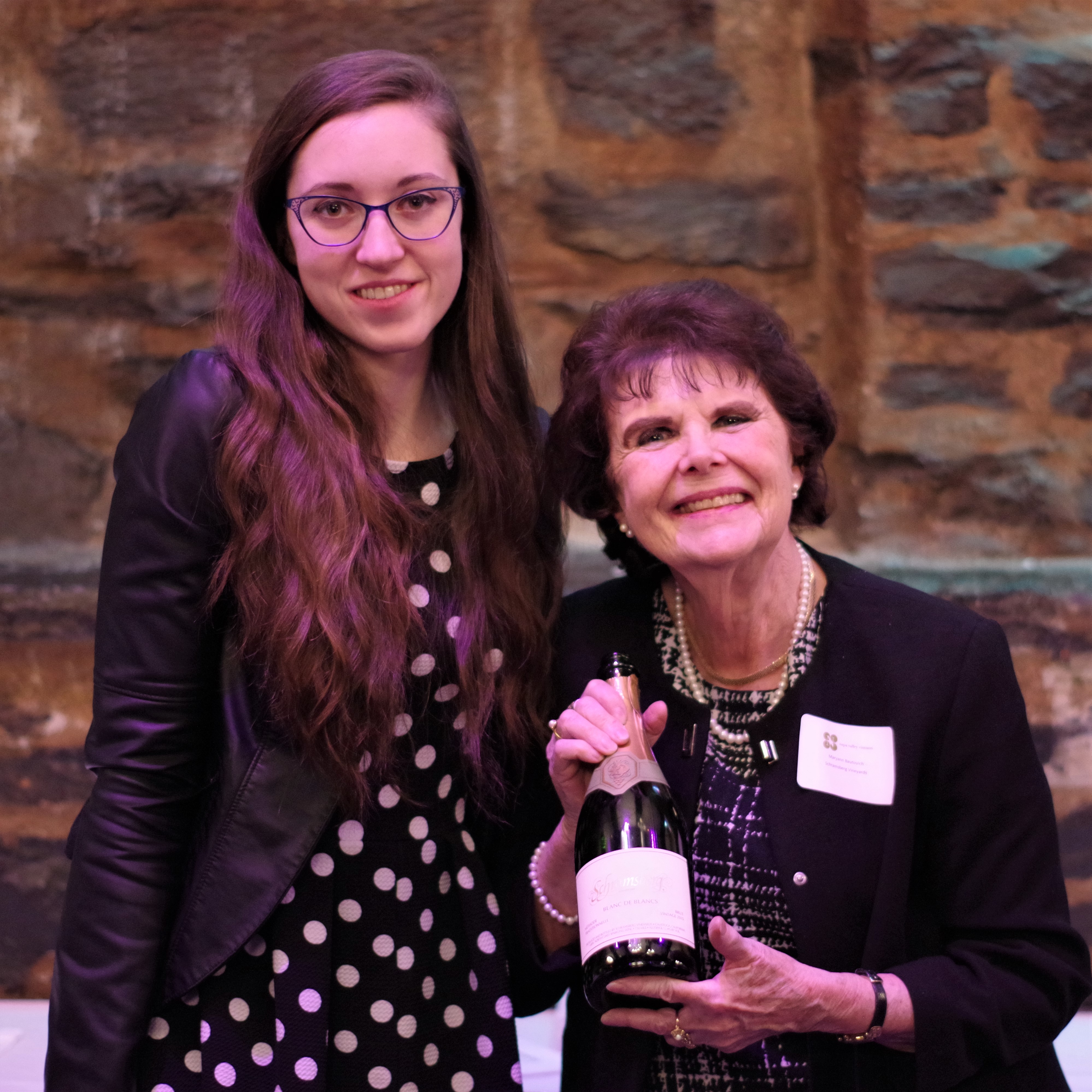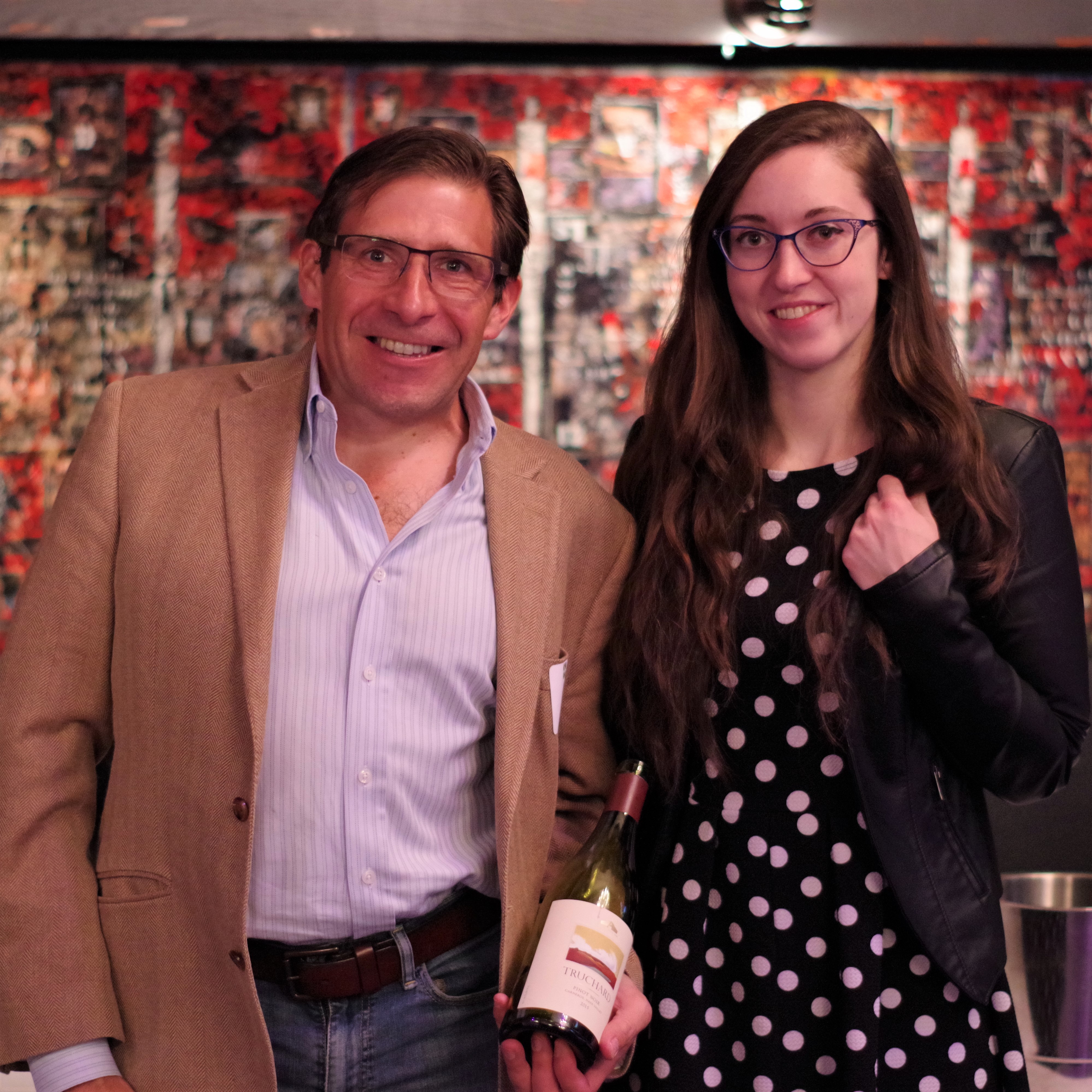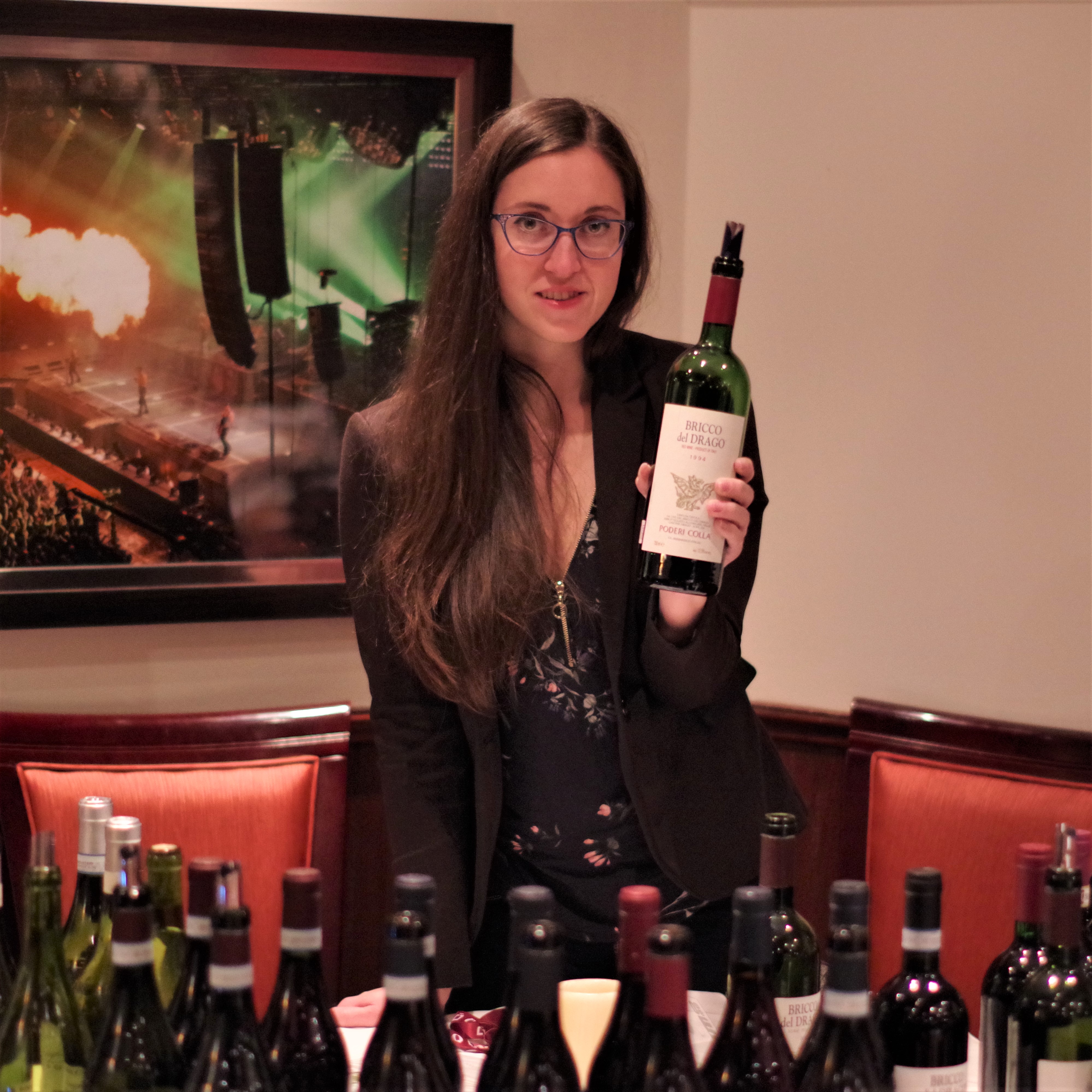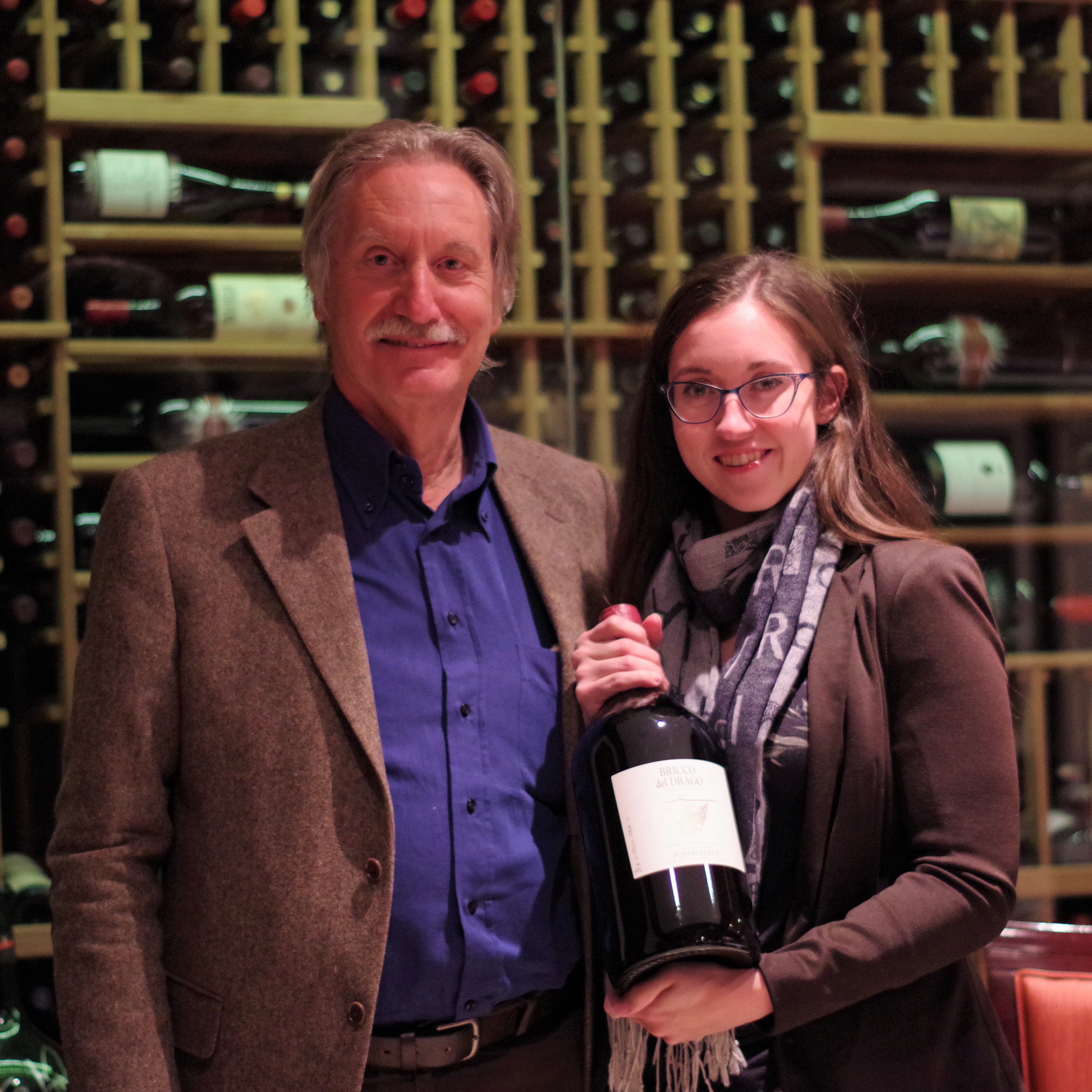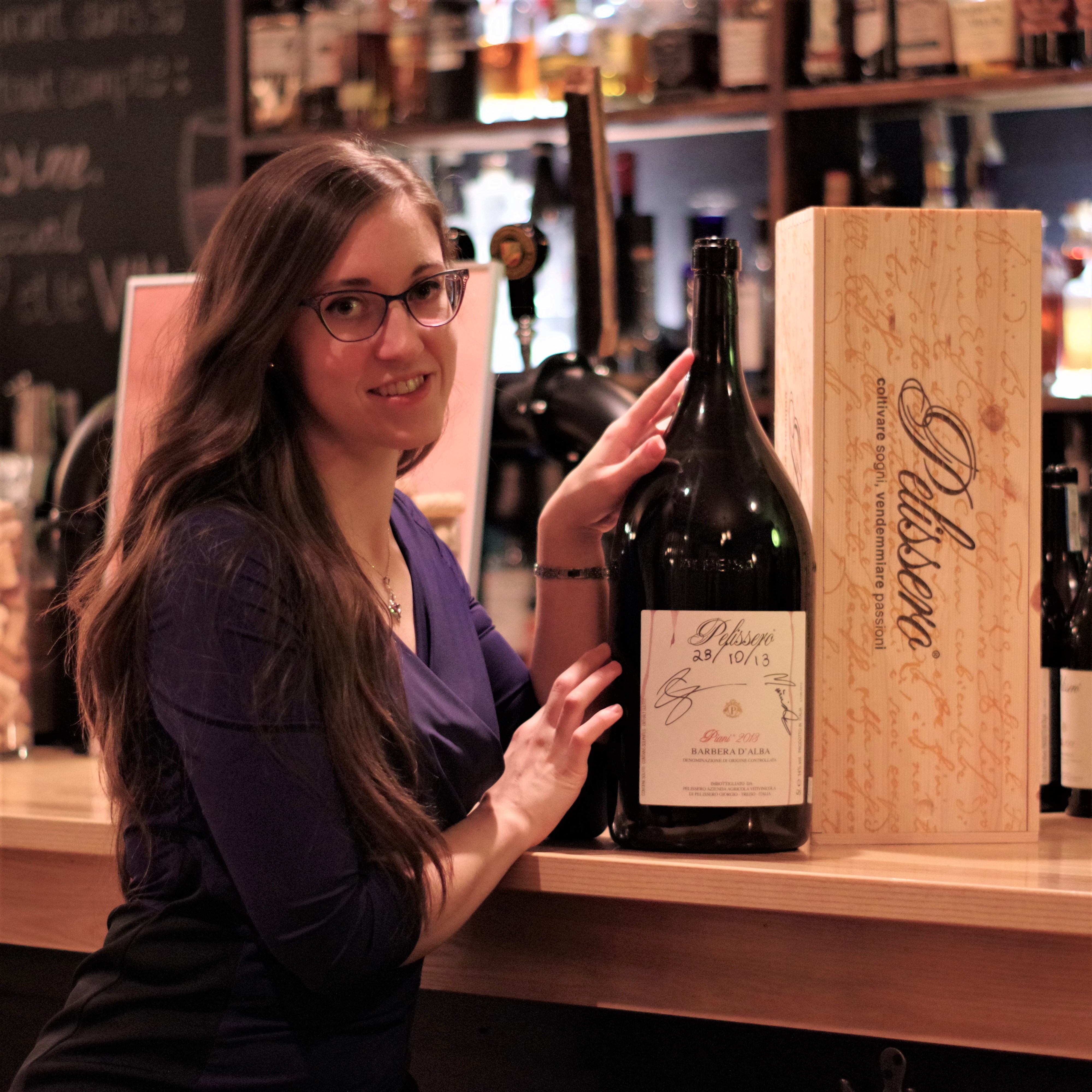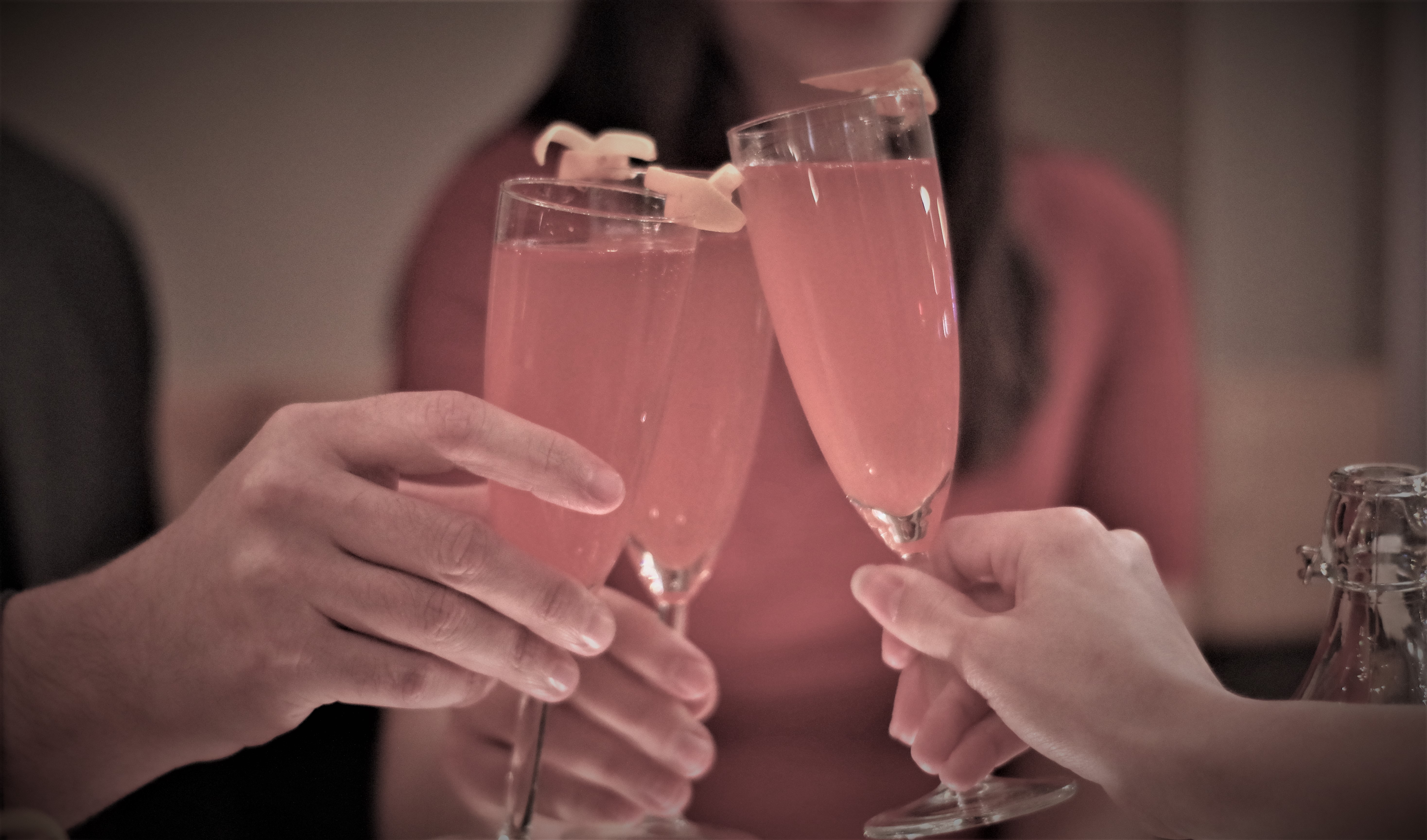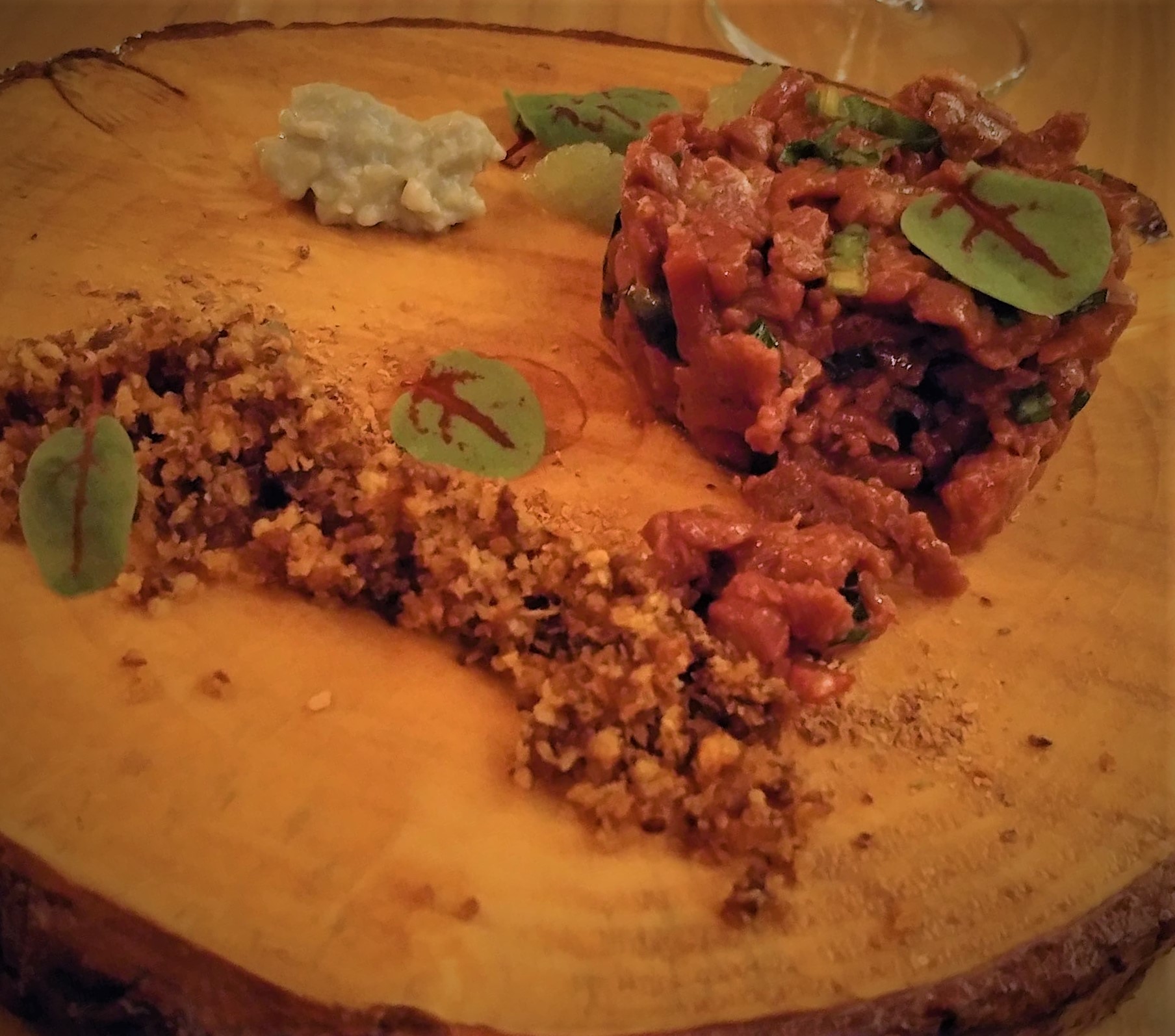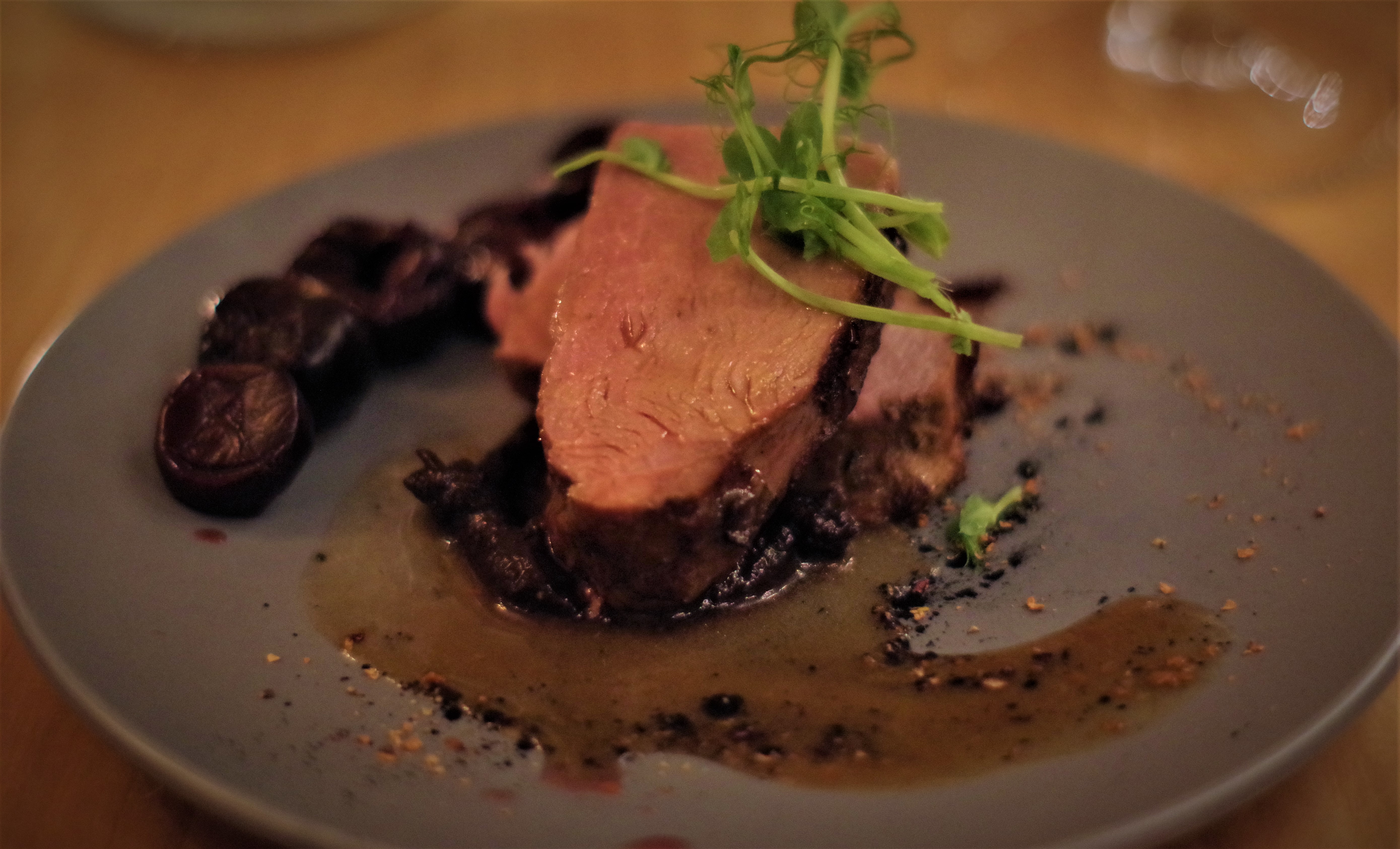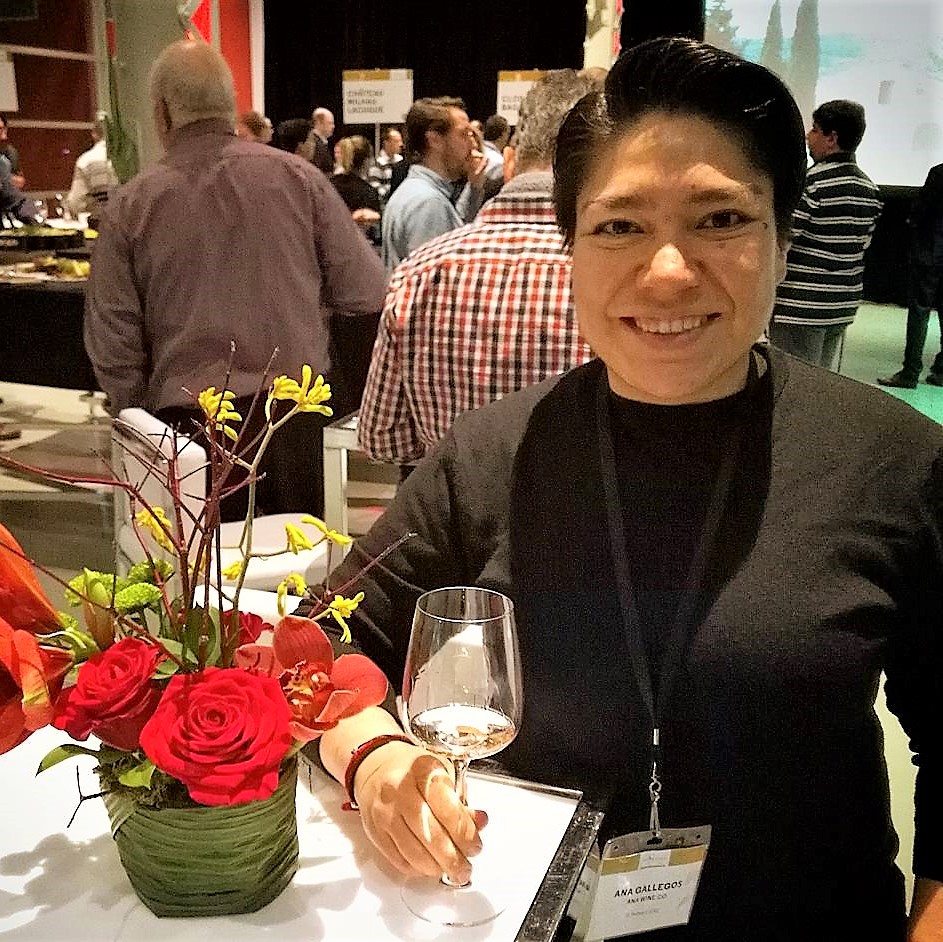Bellavista may very well become the image of Francia Corta as its Founder, Vittorio Moretti became the director of the appellation board, following his friend and fellow producer Maurizio Zanella of Ca’ del Bosco. Bellavista, founded 40 years ago, is the biggest producer in FranciaCorta. We have to admit, the appellation itself is quite small with only 150 producers, mostly on a small-scale, but it gives this community feeling.
Along its dedicated, consistent and quality-focused production, Bellavista has also joined up in a partnership with the renovated la Scala Opera theater. In 2004, the Teatro alla scala rediscovered its original splendour after two years of restoration. The theatre’s new life was toasted with Bellavista wine, becoming part of its history. Now, a special cuvée called teatro alla scala is produced in its honour.
Bellavista Alma Gran Cuvée
Typical Franciacorta with an appreciative texture. There’s a rustic side in the aromas which brings the Italian side of this wine out. The fresh and crispy approach makes it quite pleasant and easy-going.
Bellavista Teatro Alla Scala 2013
Each harvest is dedicated to a new Theater season, Every prima on december 7th is accompanied by a new Vintage. It’s quite the expressive and aromatic wine with an elegant autolytic addition to its fresh start. White fruits, brioche and a touch on the floral side makes up the character of the 2013 vintage. The plot selection each year may vary to create different expressions.
Bellavista Vittorio Moretti 2011
Dense and tense in style. This wine shows a wide and powerful nose, yet keeps the palate elegant and refined. The texture seems scattered but ends on a lingering note.
Petra
Petra is the Tuscan project of Vittorio moretti’s daughter, Francesca Moretti. It was started from scratch on top of Maremma where it used to be a swamp. That was already 20 years ago. It all started with a single 4 hectares plot where varietals were mix in an experimental stages. They managed to find the most suited varietals and this plot is now used to produce the Zingari Label. The little experiment has grown as the estate is now 300 hectares wide. They even found out documents regarding Elisa Bonaparte, Napoleon’s sister staying on this very estate. There ‘s proof of her having her very own viticultural project which is currently being recreated in a designated garden. To explore the region may appear as trendy at that time, but it wasn’t an obvious choice to established this estate isolated from Bolgheri, in the lesser known region of Val di Cornia and the newly allowed Suvereto DOCG.
Polenti 2015
A wine with a deep & mature fruit expression and a texture reminiscent of pits and stalks. The mouthfeel shows the same kind of fruit-focused concentration with confit black cherries, cassis and plums.
QuerceGobbe 2015
Very soft in comparison to Polenti. It’s lean yet tasteful. QuerceGobbe means the bended oak tree and was the name of the parcel. The finale is discreet, probably a result of the light character of the wine, but it has some length and freshness to it.
Zingari 2015
Quite the unique & rustic wine. The structure is bold and nonchalant at the same time and there’s just the whole spice rack, fresh and dry, in there. The personalized and complex approach is very interesting overall. It may not be the most elegant & refined wine but it has an interesting originality.
Hebo 2016
A gorgeous and constant color. The character is based on warm fruits on the brim of becoming cooked but not quite. You don’t need to overthink this wine. It’s tasteful and balance but doesn’t show much complexity otherwise. The structure and body goes completely unnoticed.
Bellavista – FranciaCorta
Bellavista pourrait très bien devenir l’image de Francia Corta puisque son fondateur, Vittorio Moretti, est devenu le directeur de l’appellation, à la suite de son ami et co-producteur, Maurizio Zanella, de Ca ‘del Bosco. Bellavista, fondée il y a 40 ans, est le plus gros producteur de FranciaCorta. Nous devons admettre que l’appellation elle-même est assez petite avec seulement 150 producteurs, la plupart du temps à petite échelle, mais cea donne un sentiment de communauté.
Parallèlement à sa production dédiée, cohérente et axée sur la qualité, Bellavista s’est également associé au théâtre rénové de la Scala Opera. En 2004, le Teatro alla scala a retrouvé sa splendeur d’origine après deux ans de restauration. La nouvelle vie du théâtre a été fêtée avec le vin Bellavista, devenant ainsi une partie de son histoire. À présent, une cuvée spéciale appelée teatro alla scala est produite en son honneur.
Bellavista Alma Gran Cuvée
Un Franciacorta typique avec une texture appréciative. Il y a un côté rustique dans les arômes qui fait ressortir le côté italien de ce vin. L’approche fraîche et croustillante le rend assez agréable et facile à boire.
Bellavista Teatro Alla Scala 2013
Chaque récolte est dédiée à une nouvelle saison de théâtre. Chaque prima du 7 décembre est accompagnée d’un nouveau millésime. C’est un vin tout à fait expressif et aromatique avec un élégant ajout autolytique. Les fruits blancs, la brioche et une touche florale caractérisent le millésime 2013. La sélection de parcelle chaque année peut varier pour créer des expressions différentes.
Bellavista Vittorio Moretti 2011
Dense et tendu dans le style. Ce vin montre un nez large et puissant, tout en gardant la palais élégant et raffiné. La texture semble dispersée mais se termine sur une note persistante.
Petra
Petra est le projet Toscan de Francesca Moretti, fille de Vittorio Moretti. Il a créer à partir de zéro au sommet de Maremma où c’était autrefois un marais. C’était il y a 20 ans, déjà . Tout a commencé avec une seule parcelle de 4 hectares où des cépages ont été mélangés à des stades expérimentaux. Ils ont réussi à trouver les cépages les plus adaptés et cette parcelle est maintenant utilisée pour produire le label Zingari. La petite expérience a pris de l’ampleur puisque le domaine s’étend maintenant sur 300 hectares. Ils ont même découvert des documents concernant Elisa Bonaparte, la soeur de Napoléon séjournant dans ce même domaine. Il existe des preuves qu’elle a eu son propre projet viticole qui est actuellement recréé dans un jardin désigné. Explorer cette région peut sembler à la mode à cette époque, mais il n’était pas évident de s’établir dans cette propriété isolée de Bolgheri, dans la région moins connue de Val di Cornia et dans le DOCG récemment autorisé Suvereto.
Polenti 2015
Un vin avec une expression de fruits mûrs et profond et une texture rappelant les noyaux et les tiges. La sensation en bouche montre le même type de concentration axée sur les fruits avec des cerises noires, du cassis et des prunes confits.
QuerceGobbe 2015
Très doux par rapport à Polenti. C’est maigre mais de bon goût. QuerceGobbe signifie le chêne plié et était le nom de la parcelle. La finale est discrète, probablement à cause du caractère léger du vin, mais il a de la longueur et de la fraîcheur.
Zingari 2015
Un vin tout à fait unique et rustique. La structure est à la fois audacieuse et nonchalante et contient tout l’étagère à épices, fraîche et secs. L’approche complexe et personnalisée est globalement très intéressante. Ce n’est peut-être pas le vin le plus élégant et le plus raffiné, mais il a une originalité intéressante.
Hebo 2016
Une couleur magnifique et constante. Son caractère est basé sur des fruits chauds au bord de la cuisson mais pas tout à fait. Vous n’avez pas besoin de trop penser à ce vin. C’est élégant et équilibré mais ne montre pas beaucoup de complexité autrement. La structure et le corps passent complètement inaperçus.
